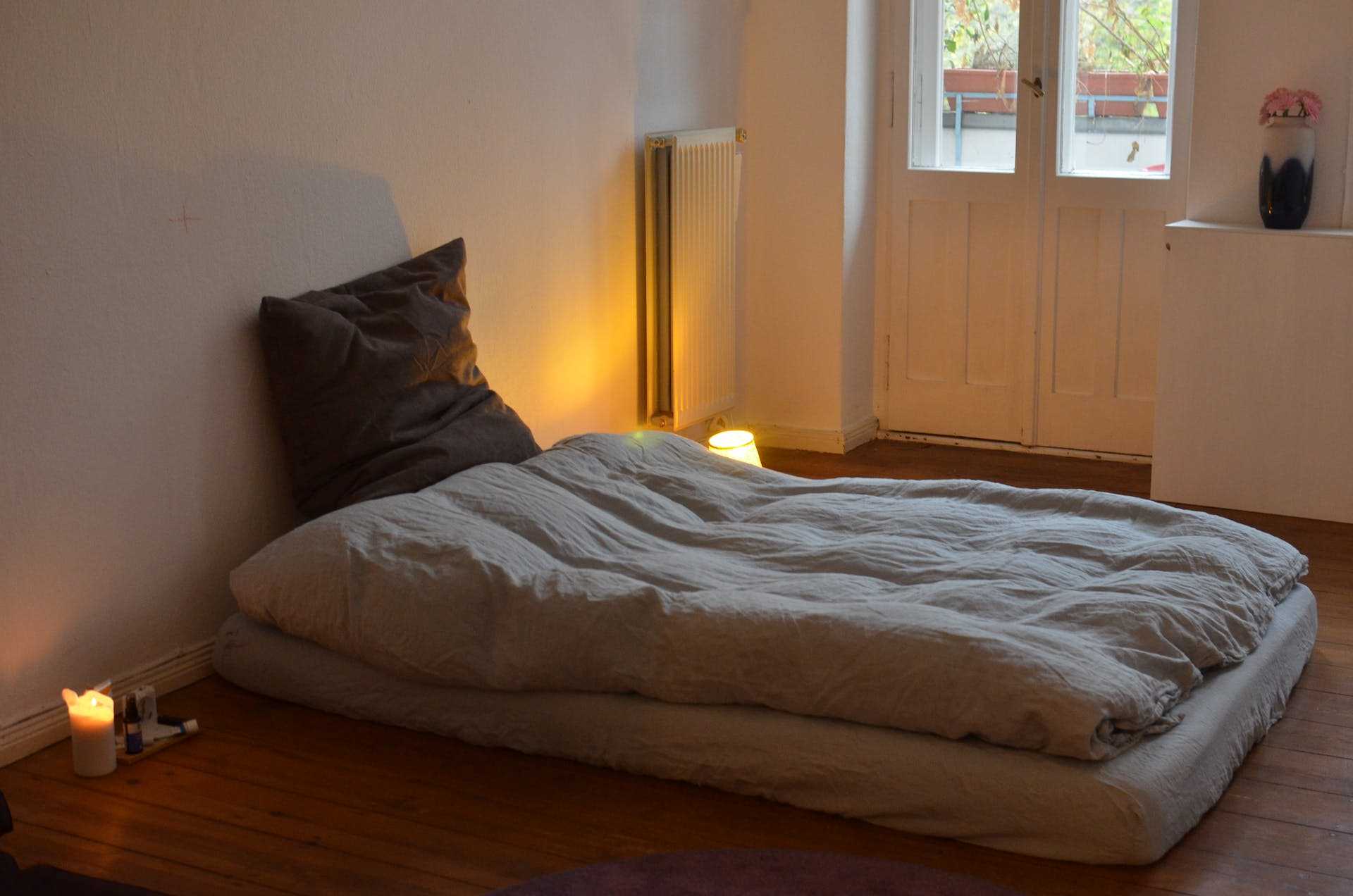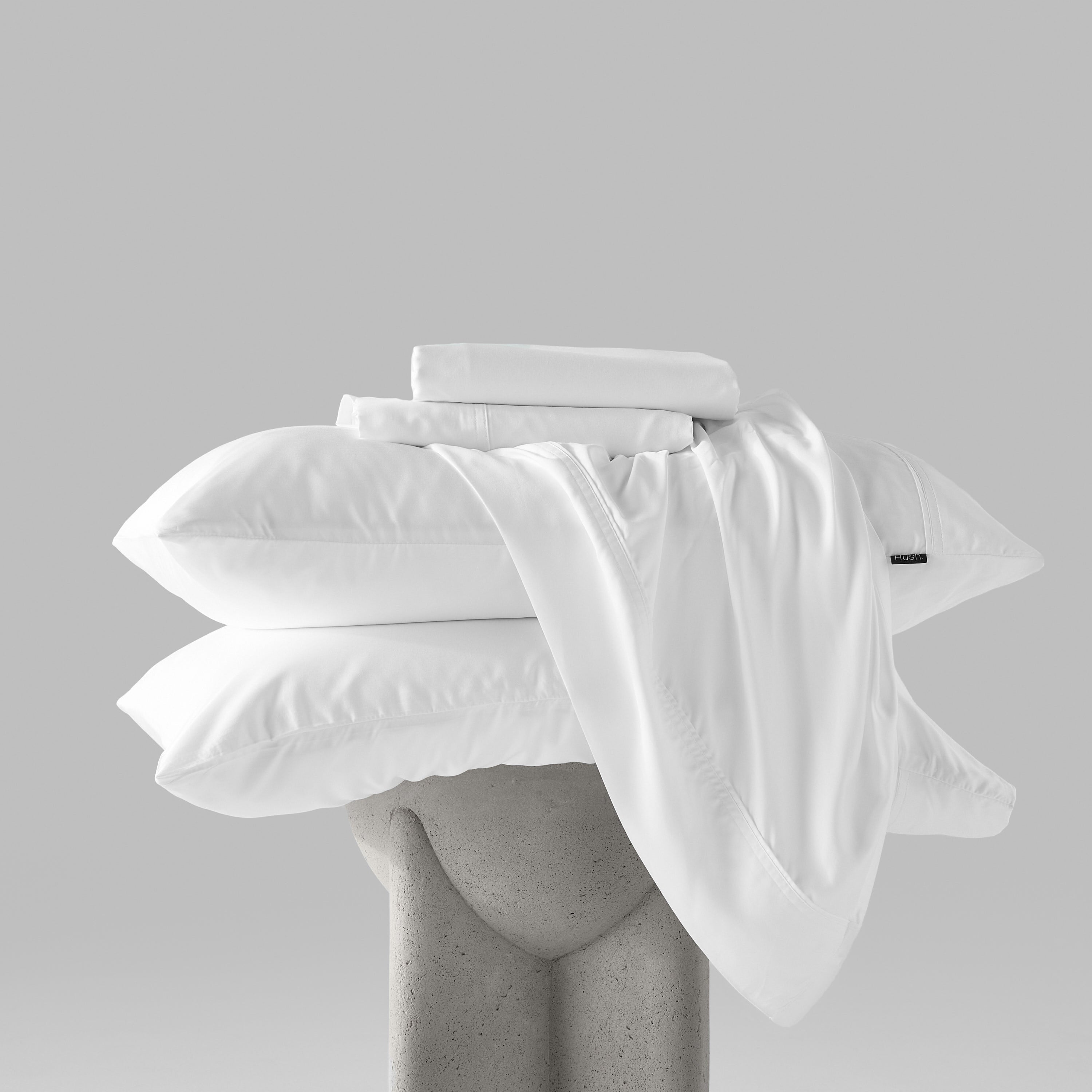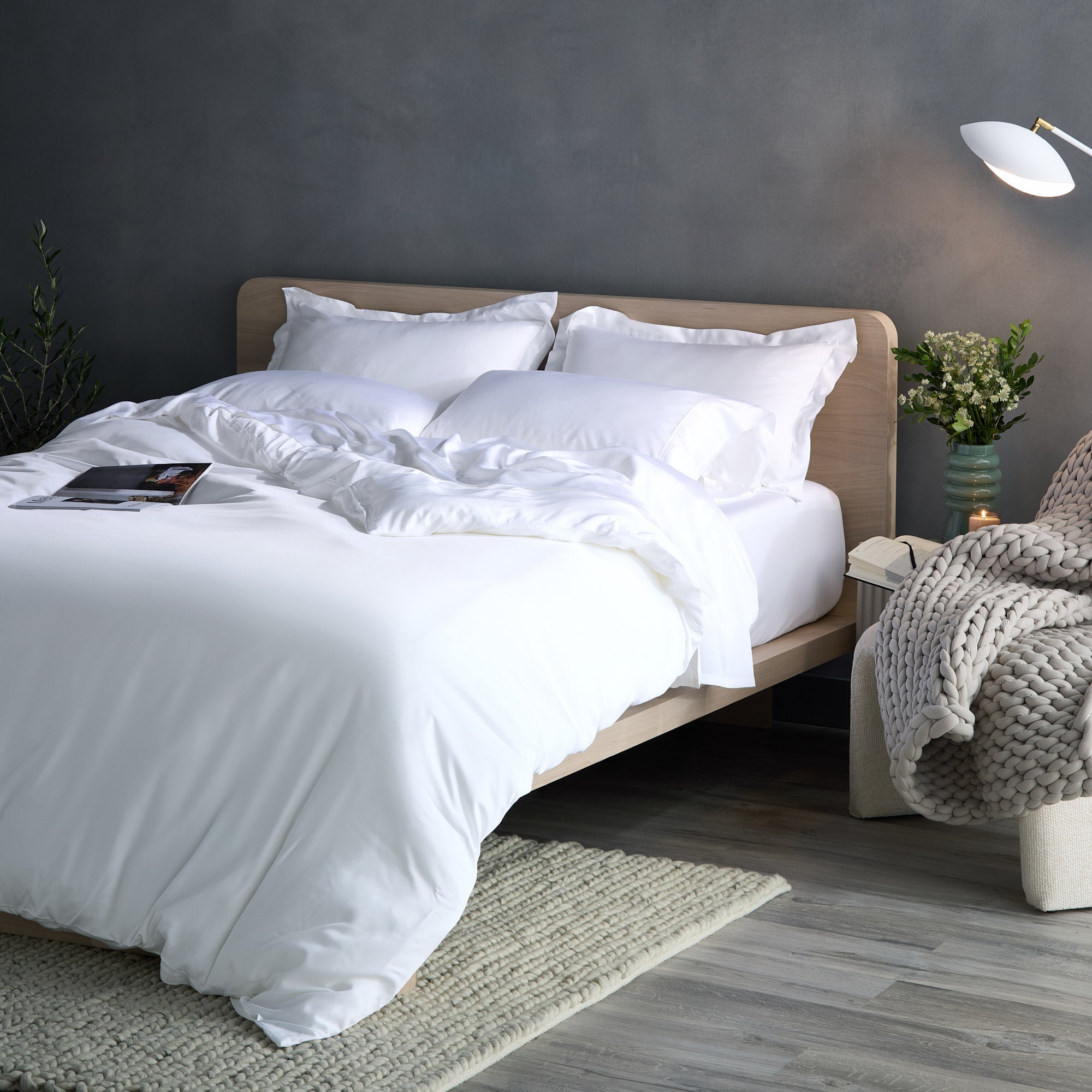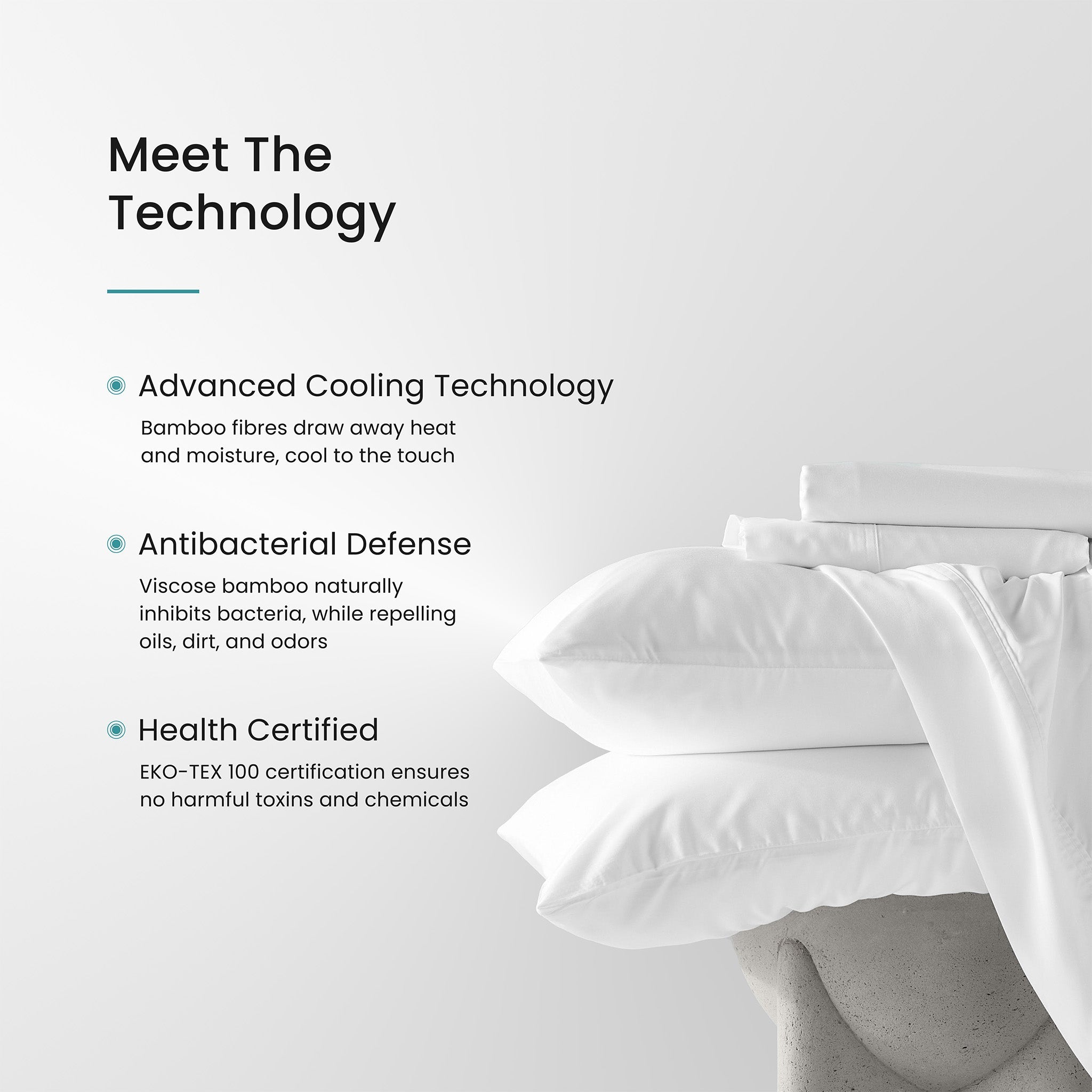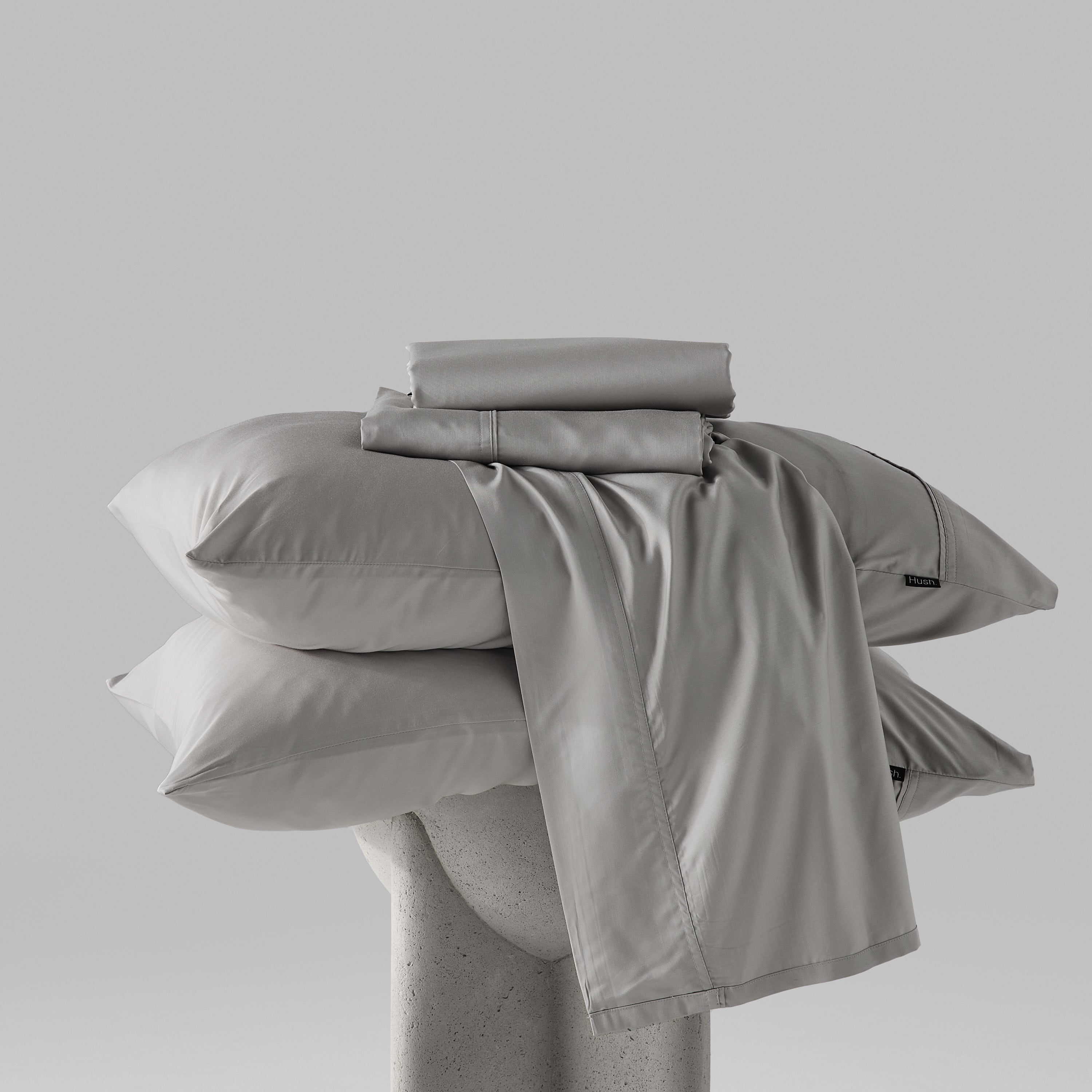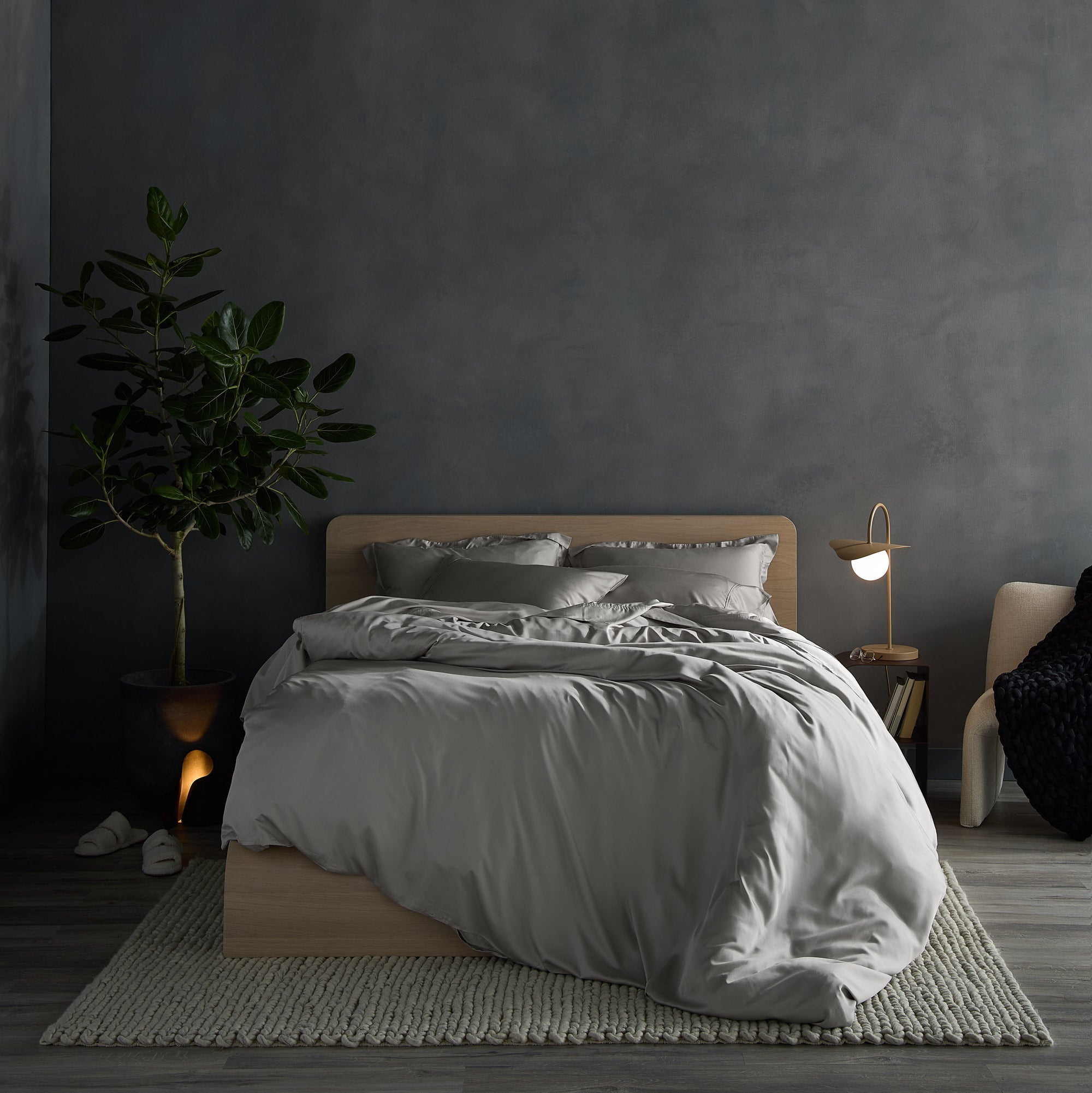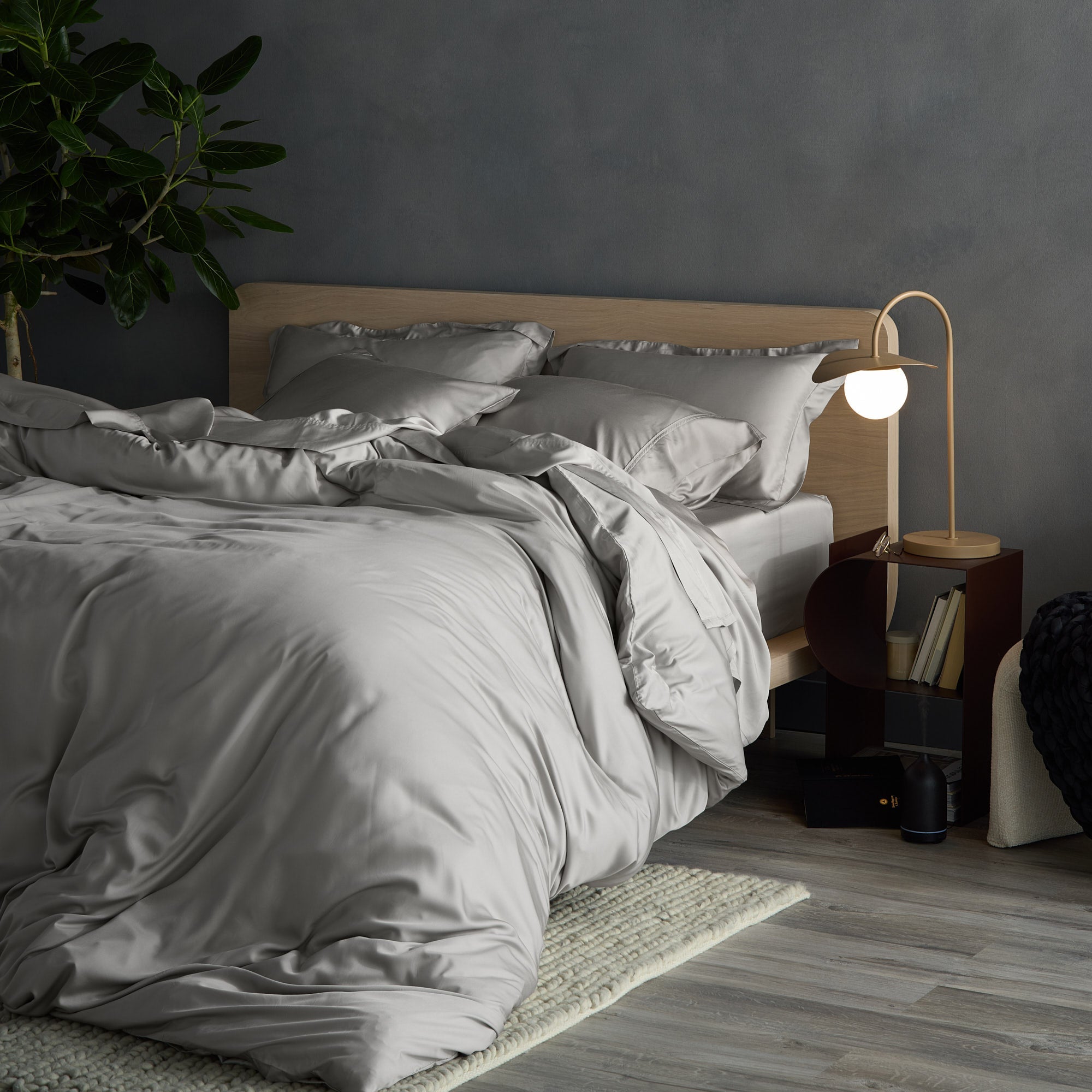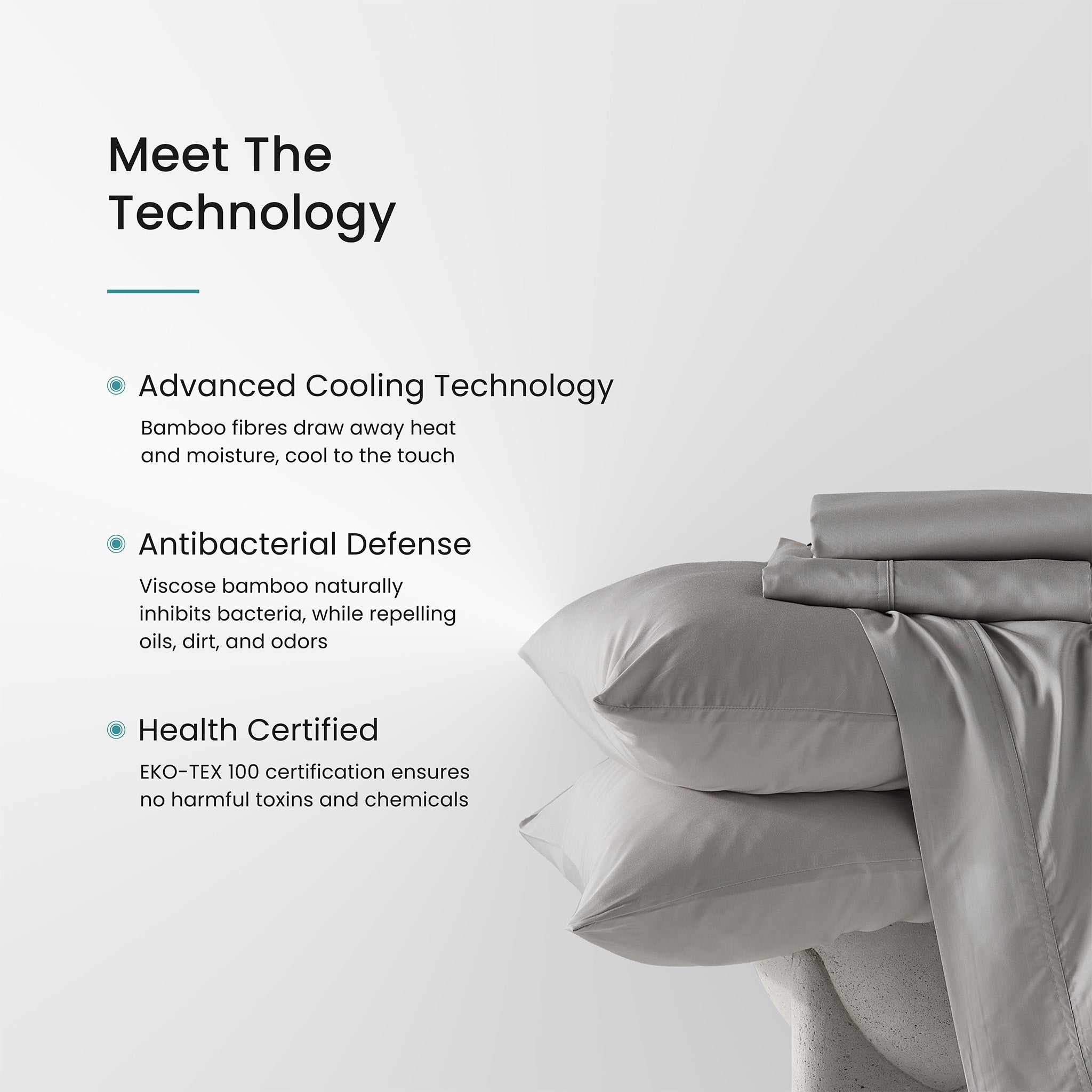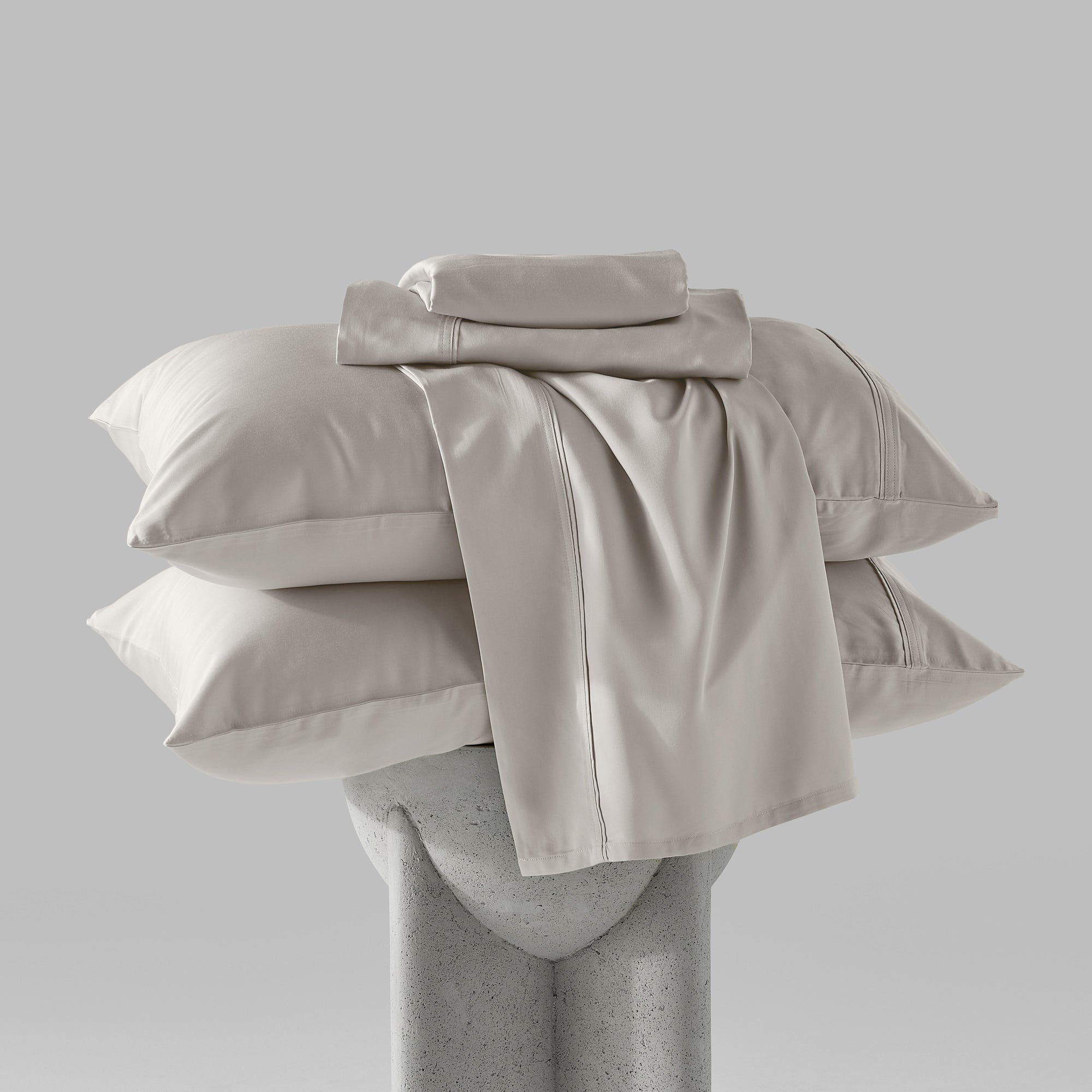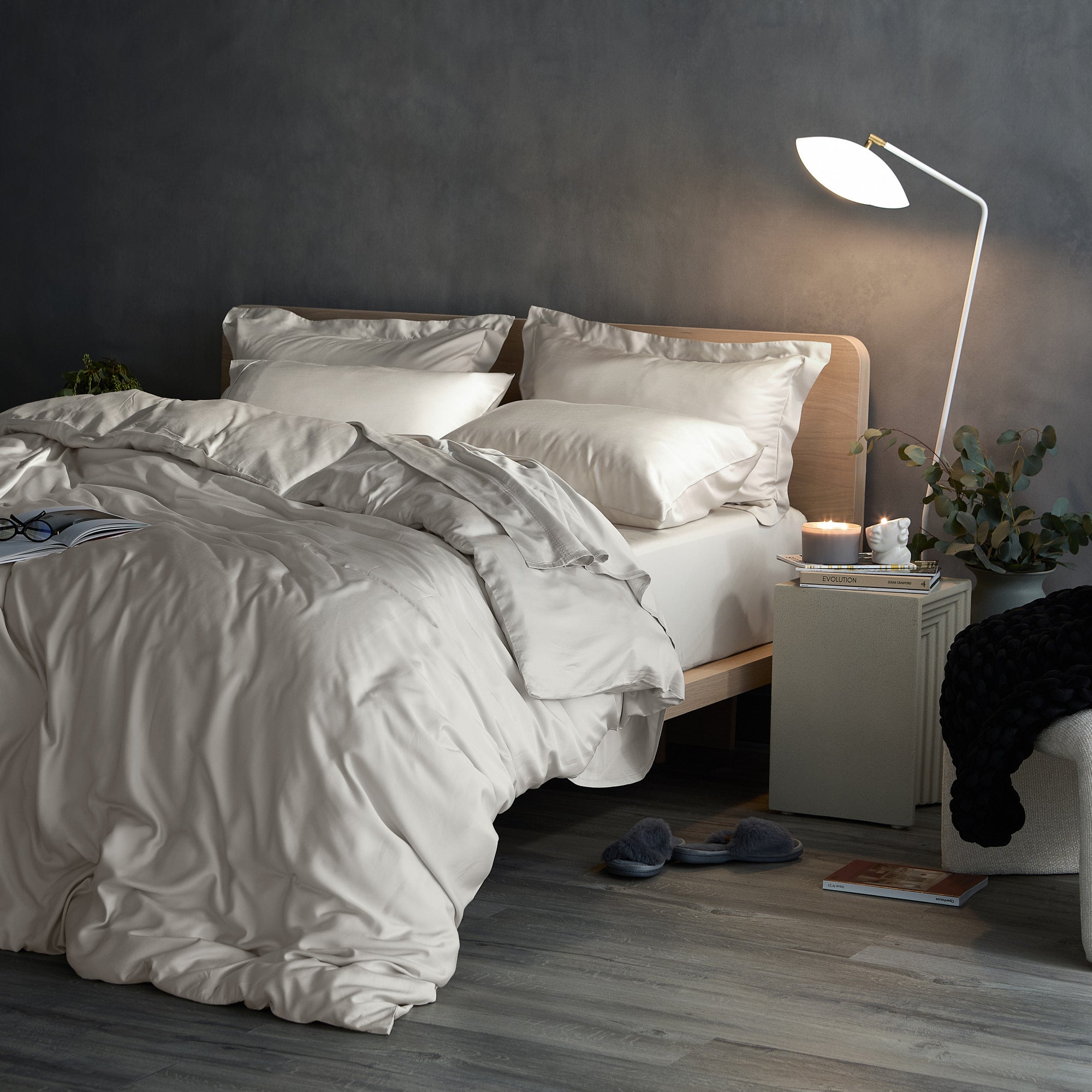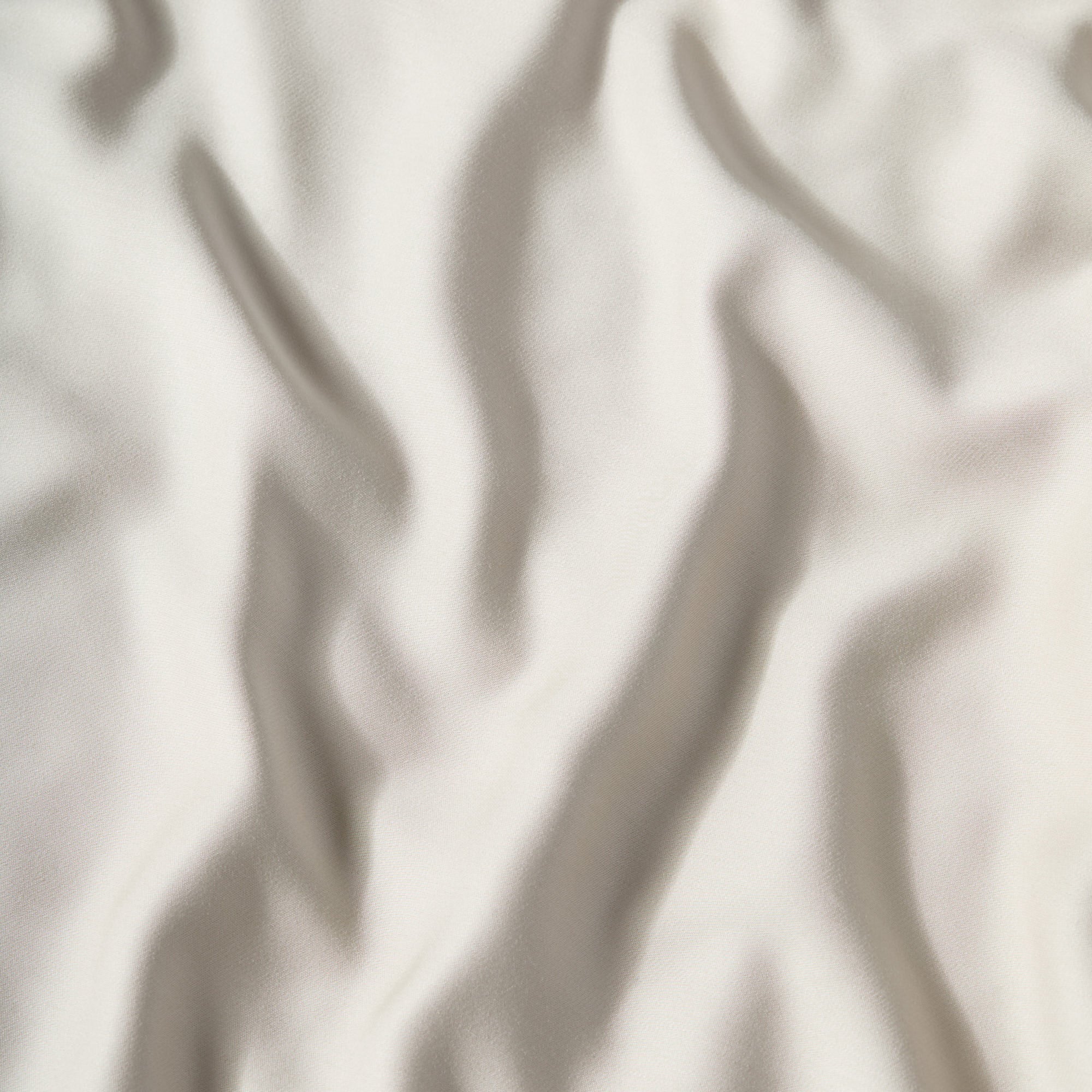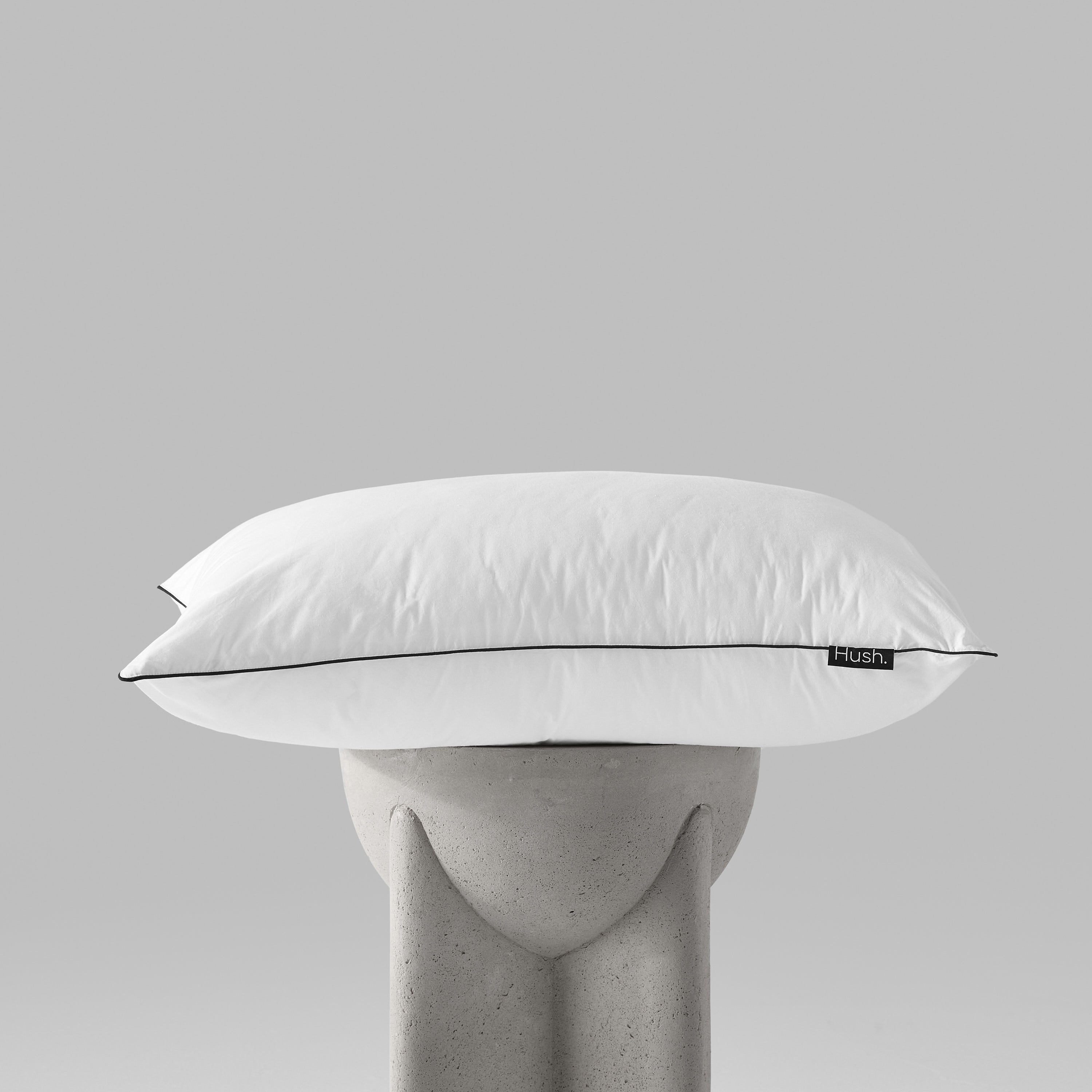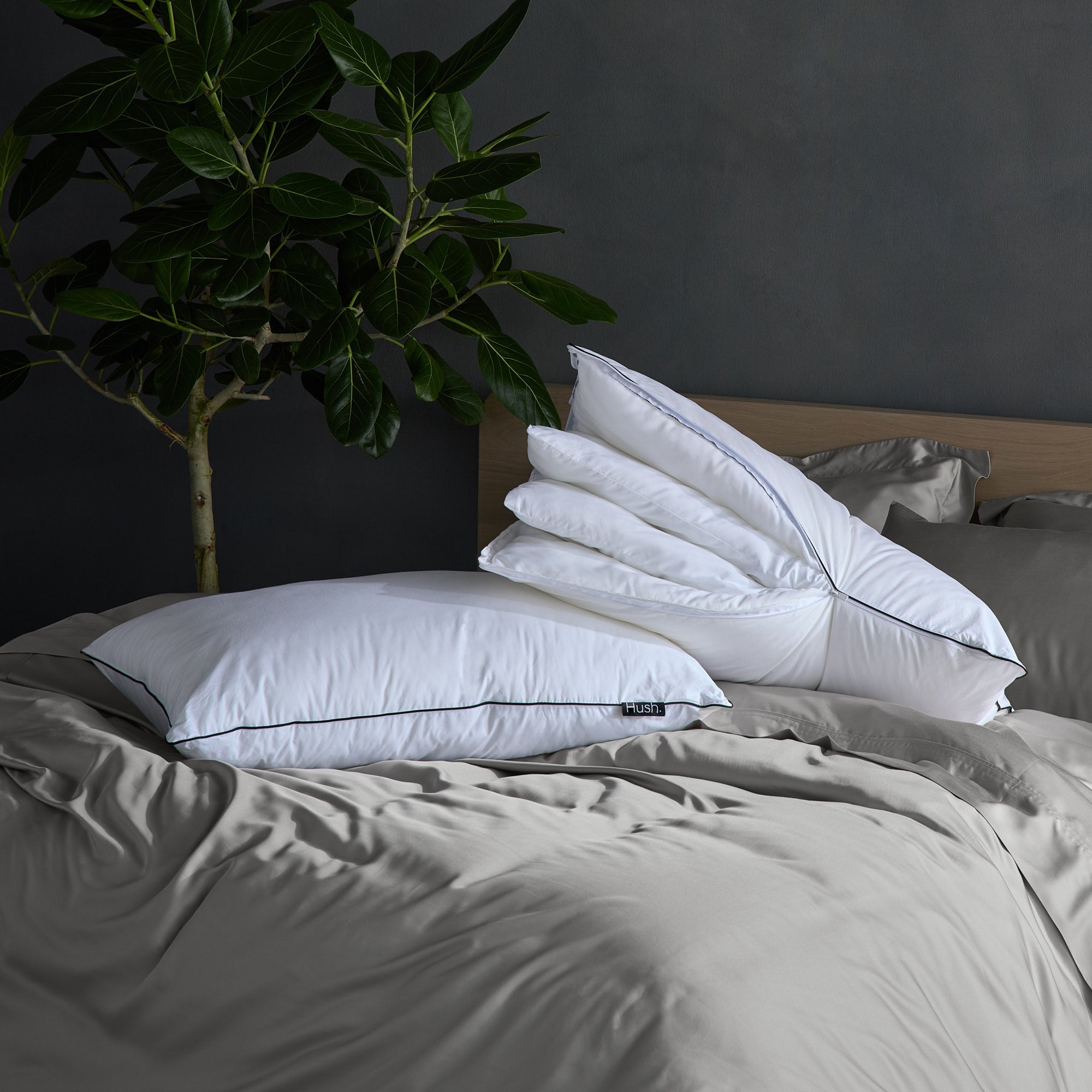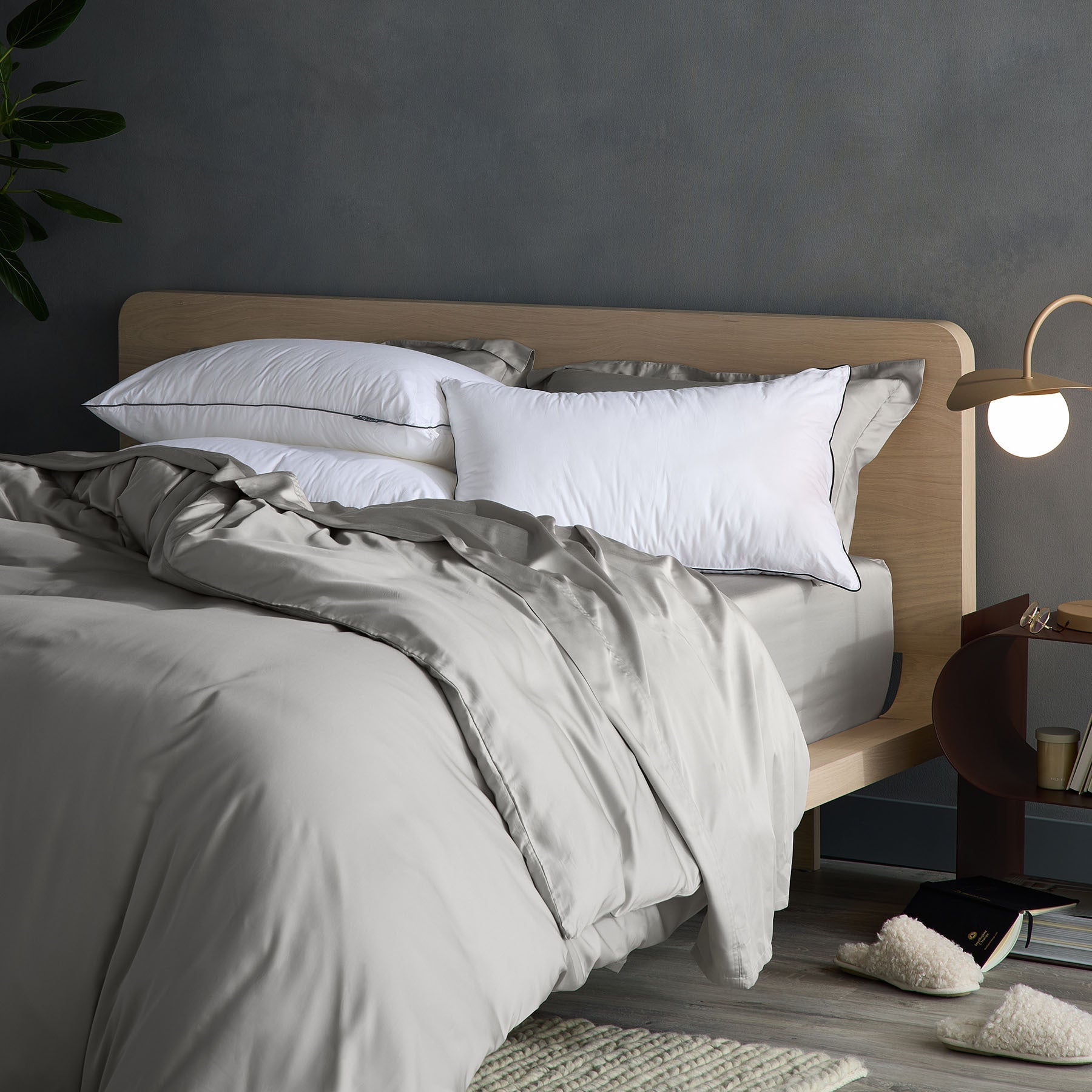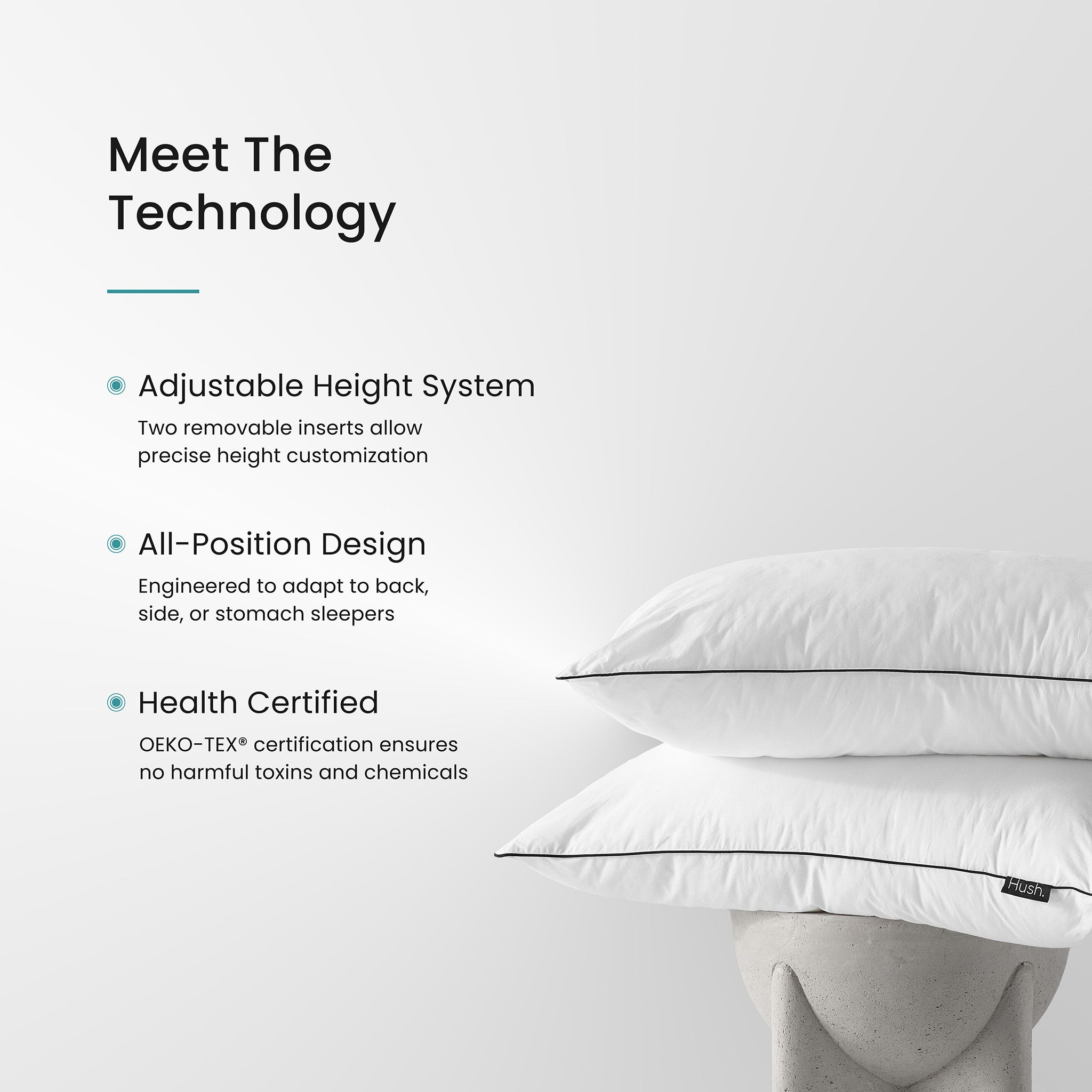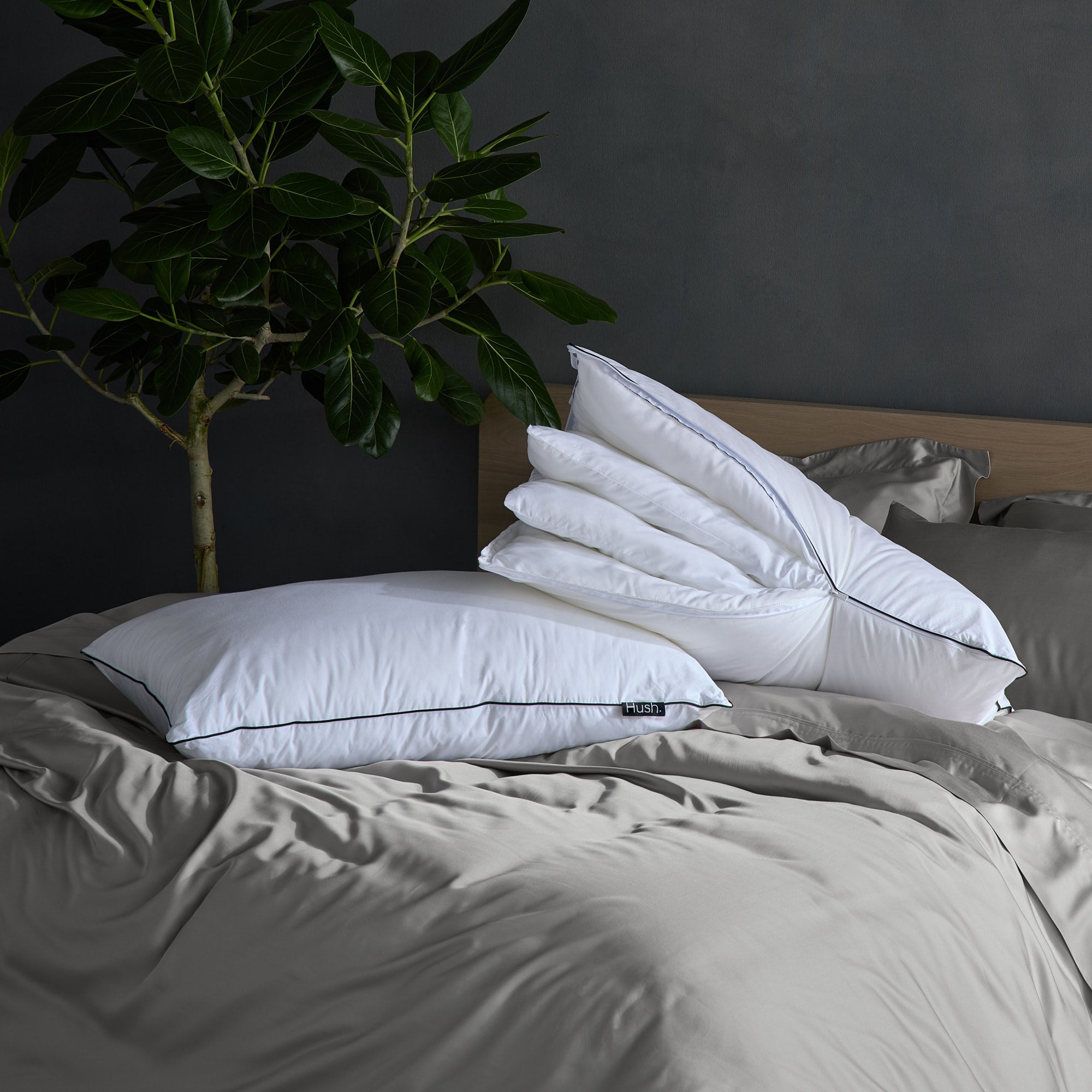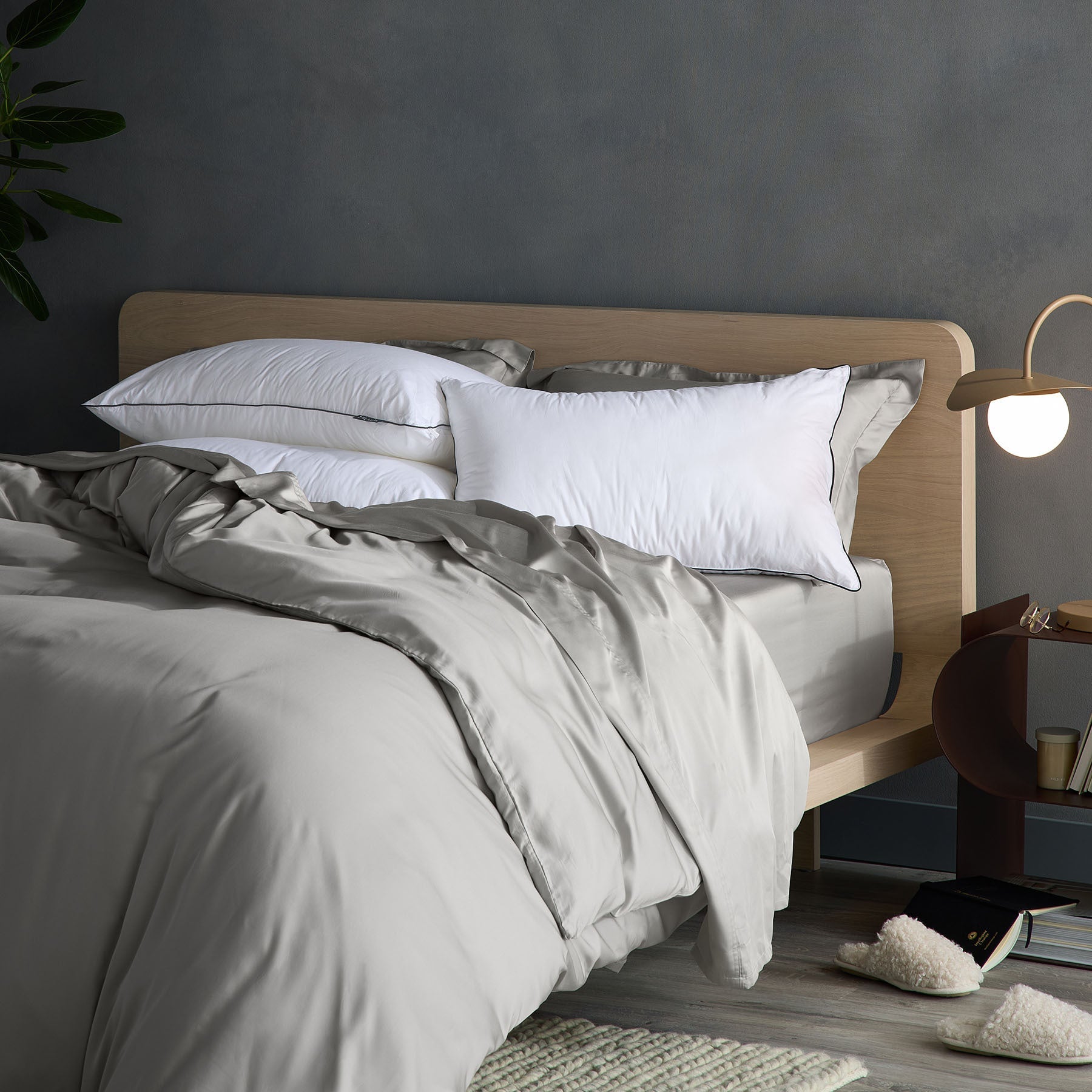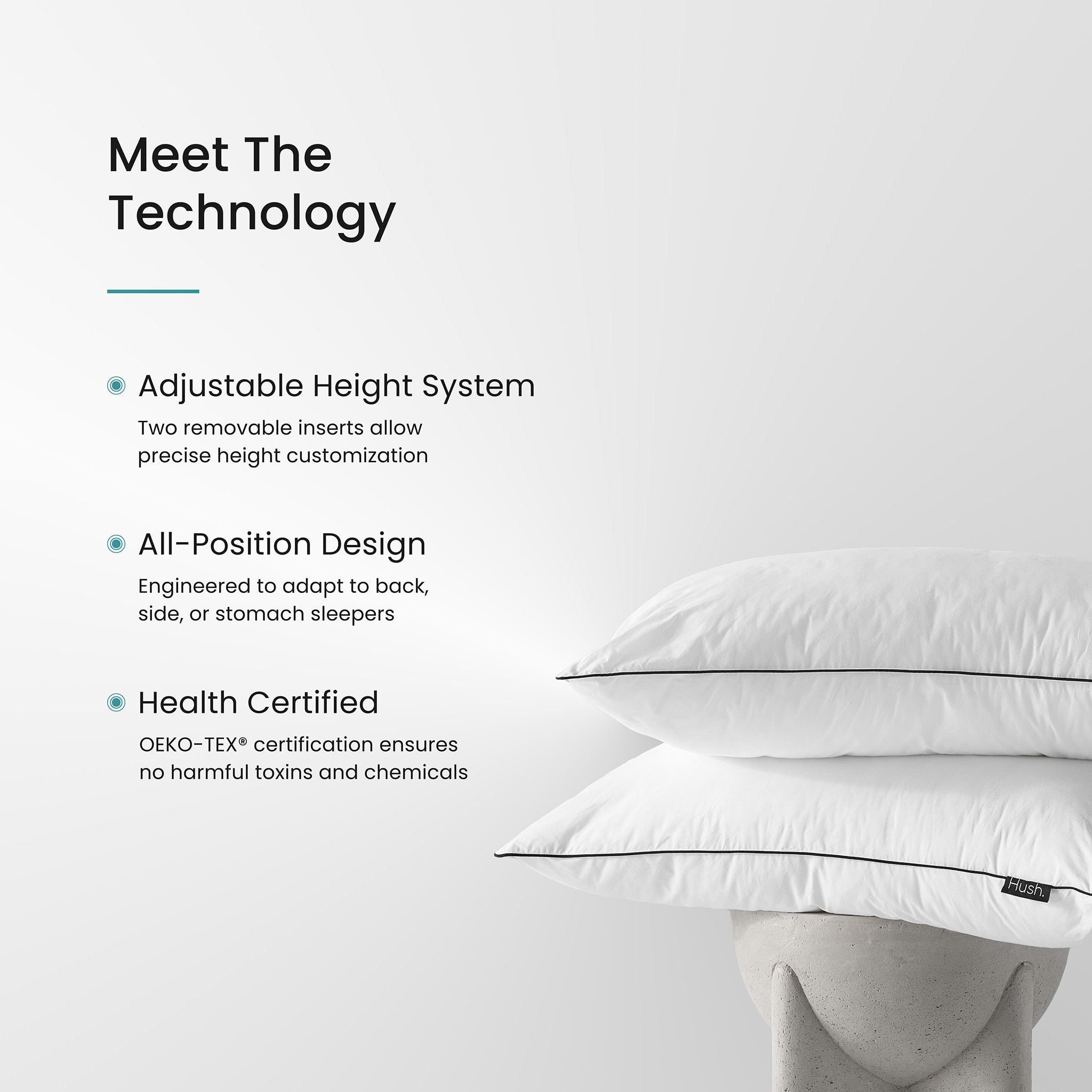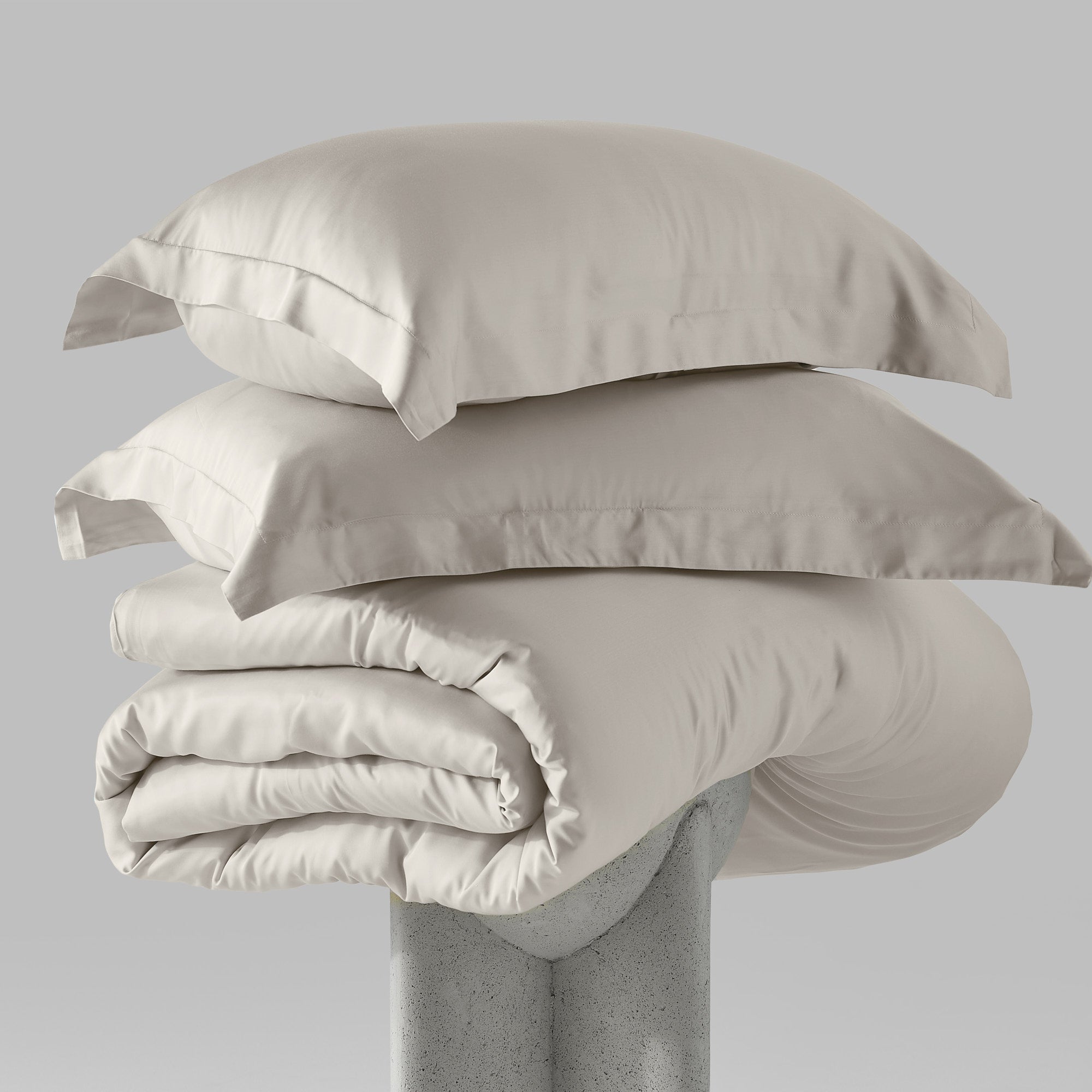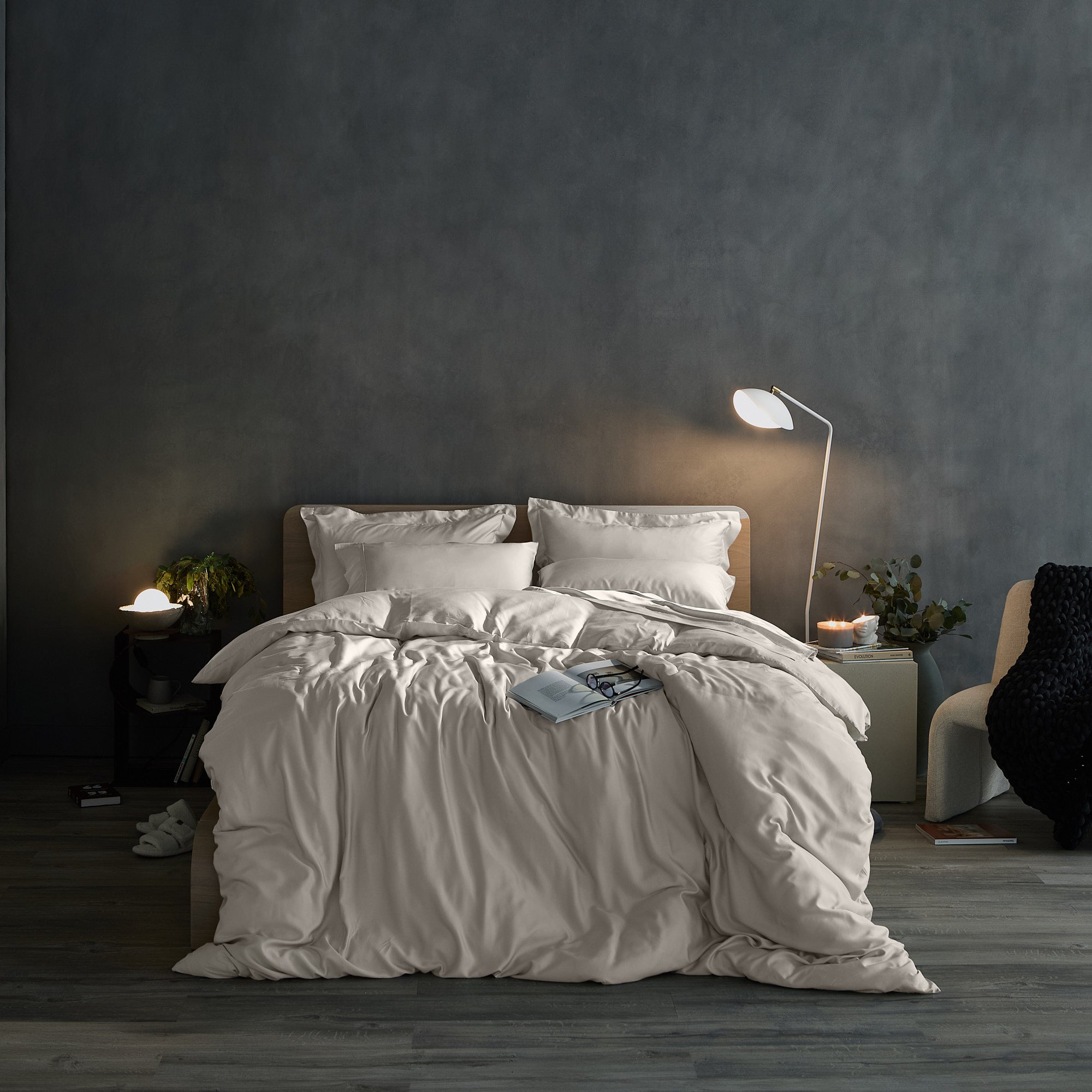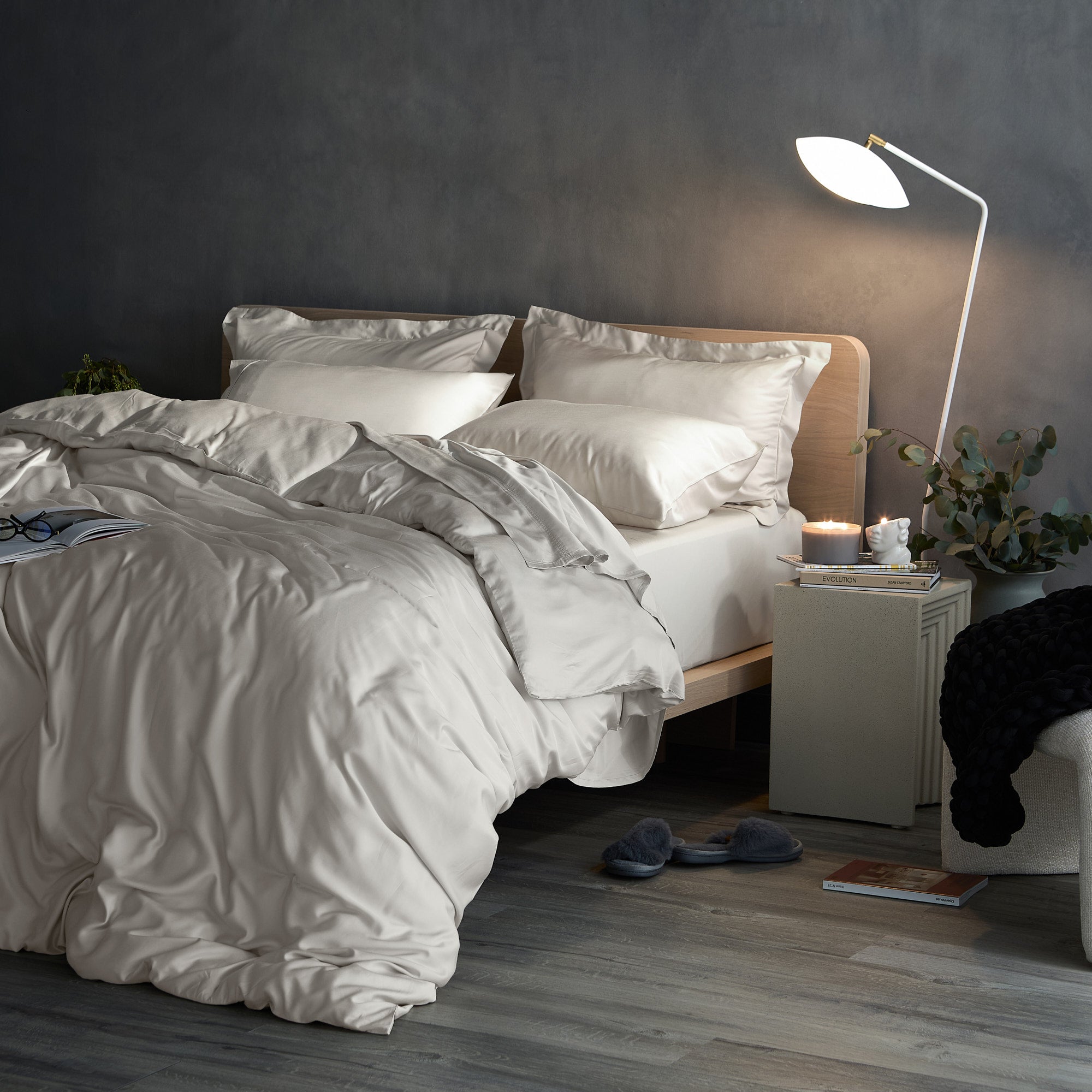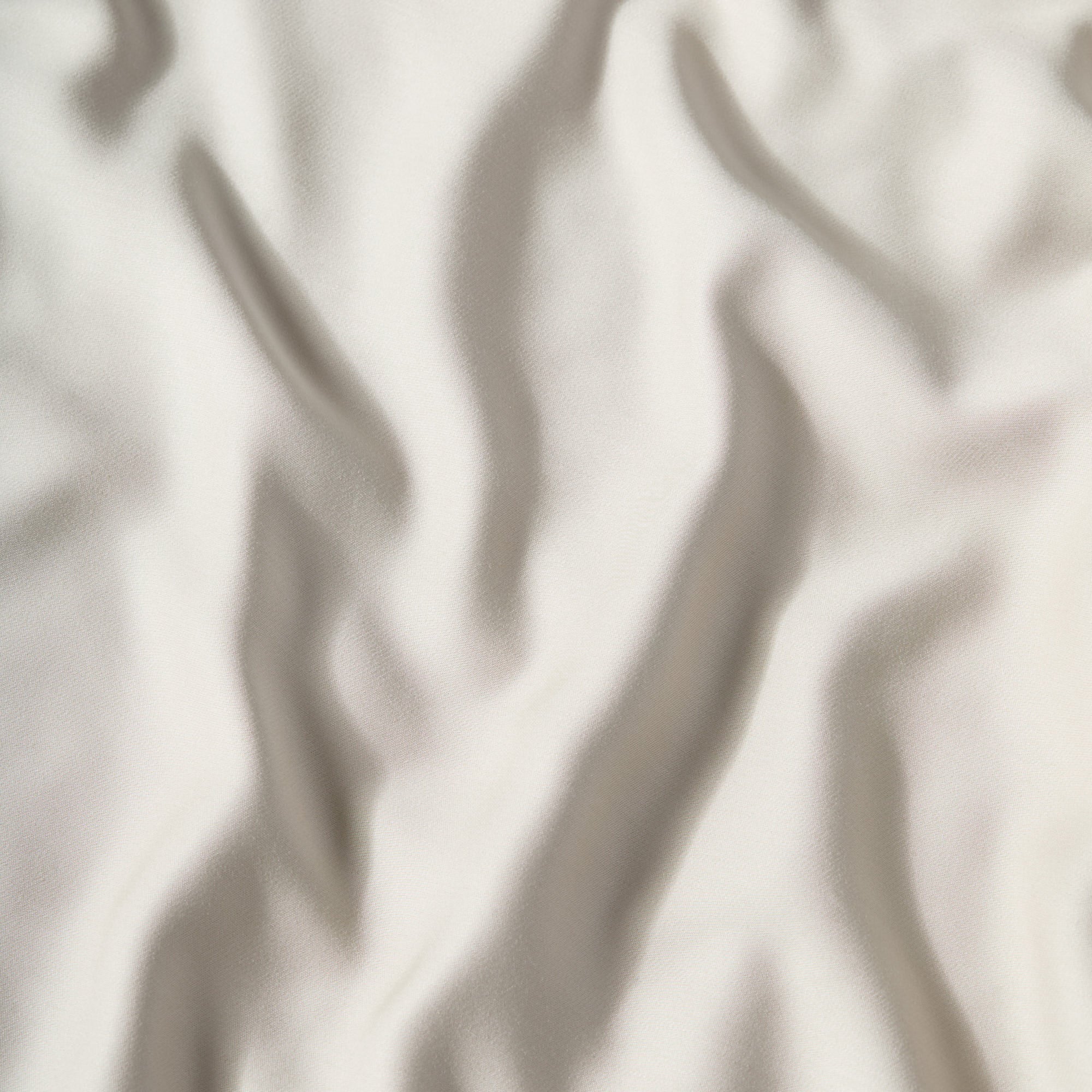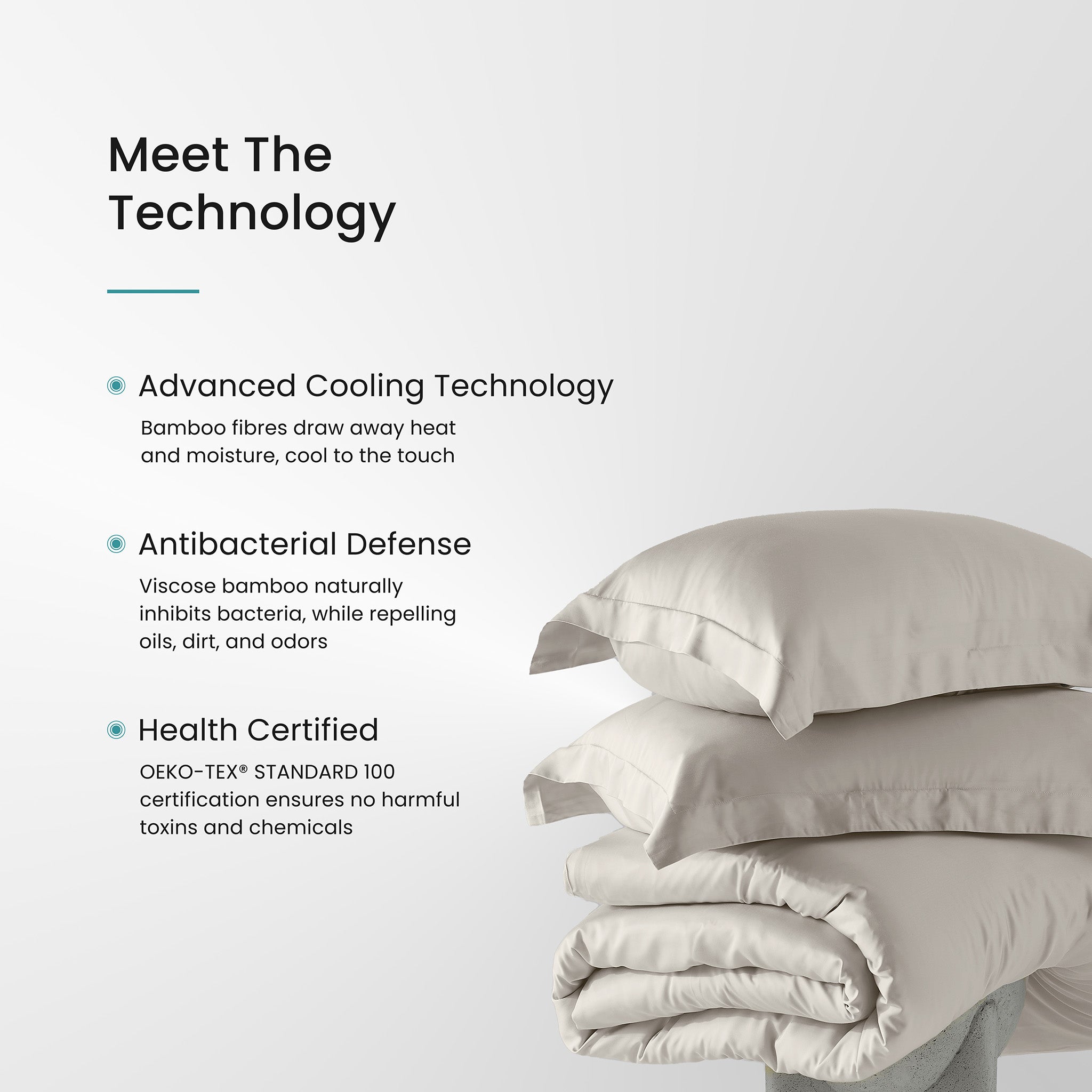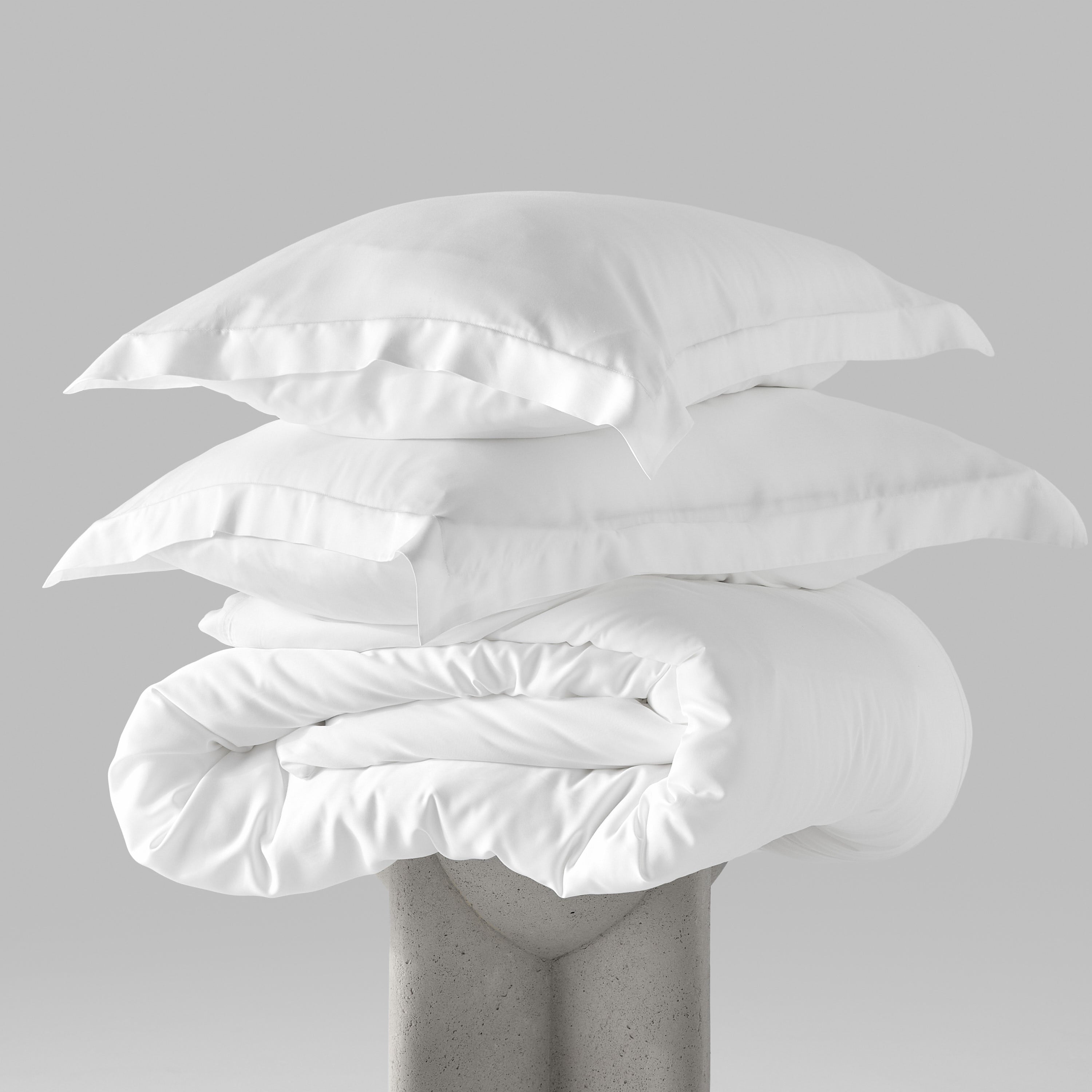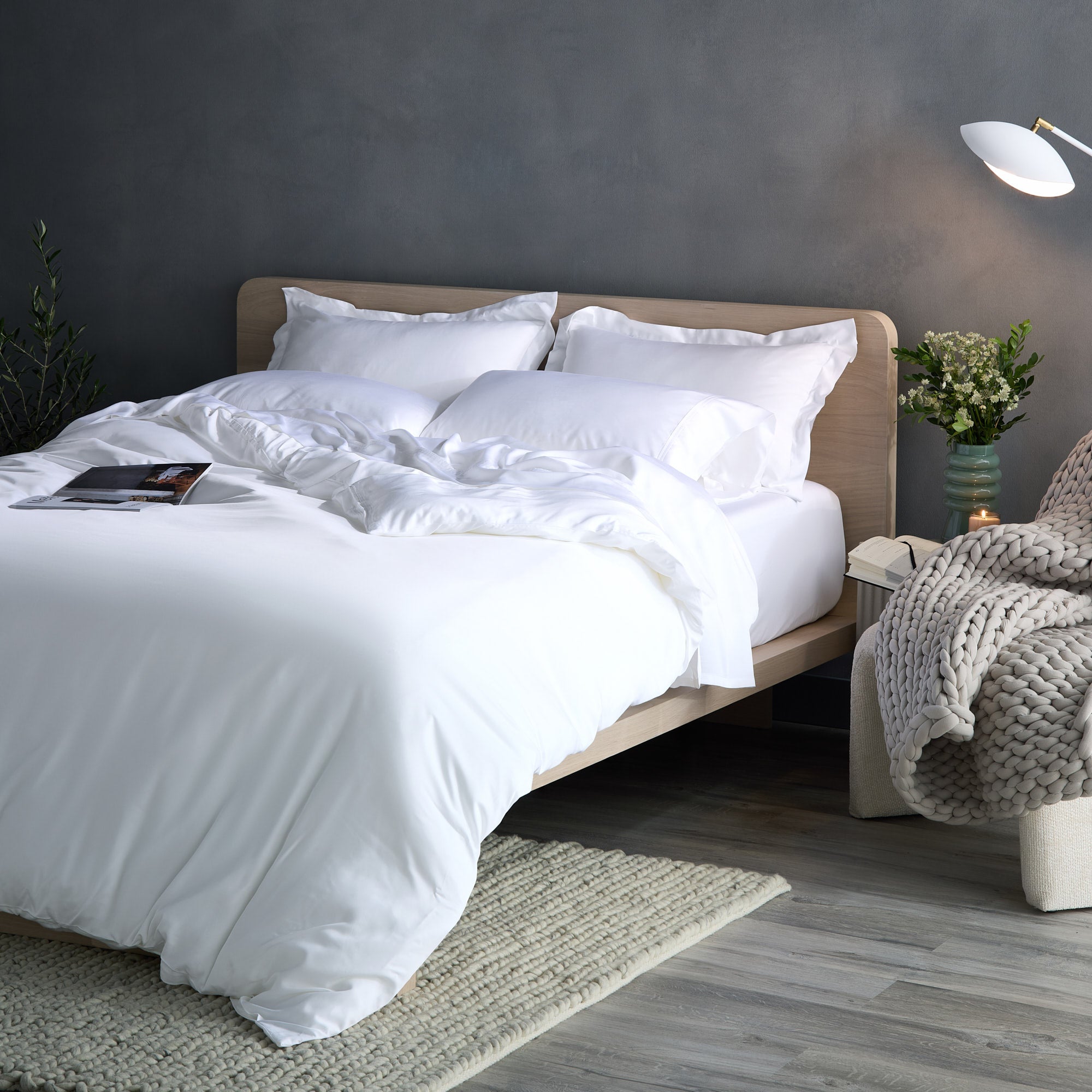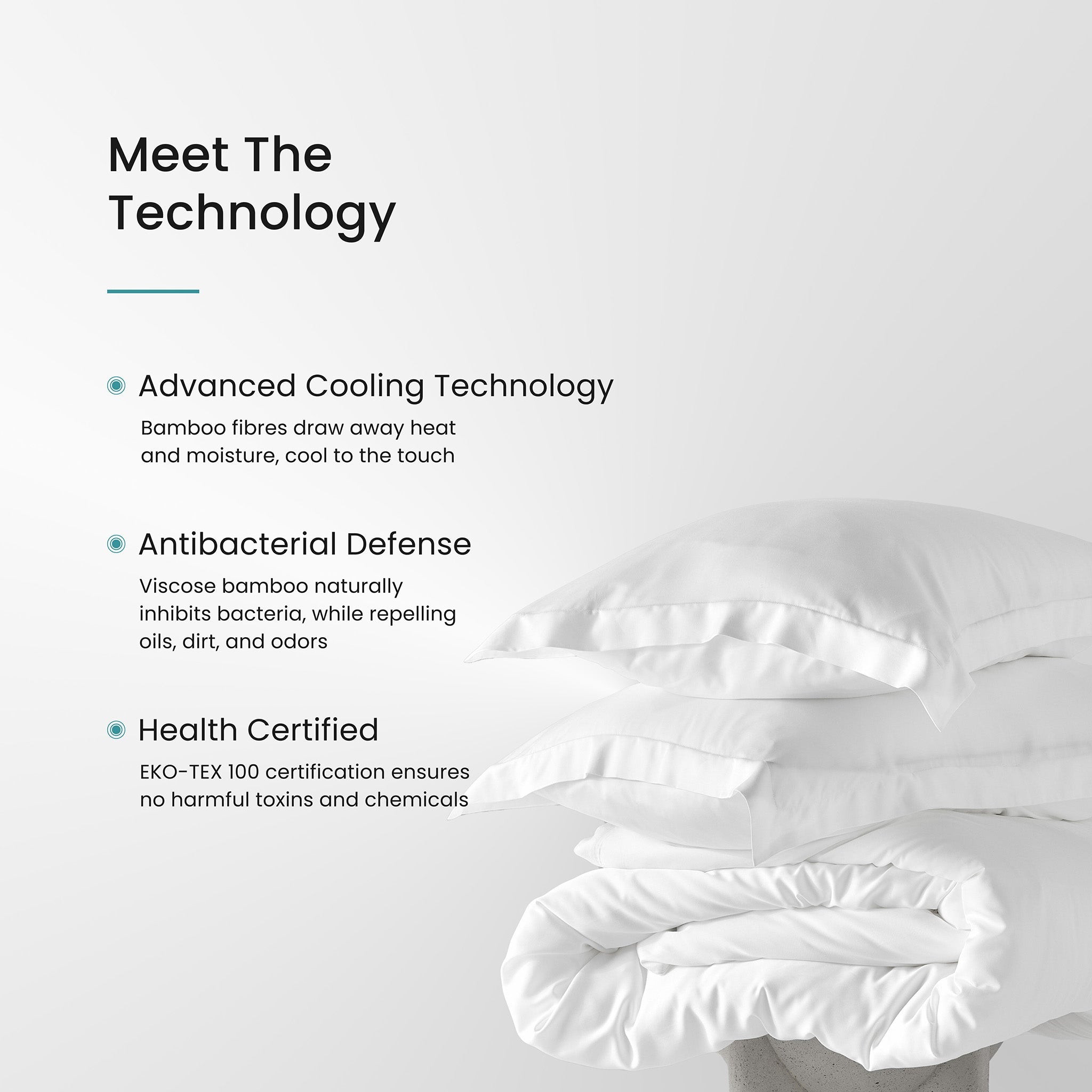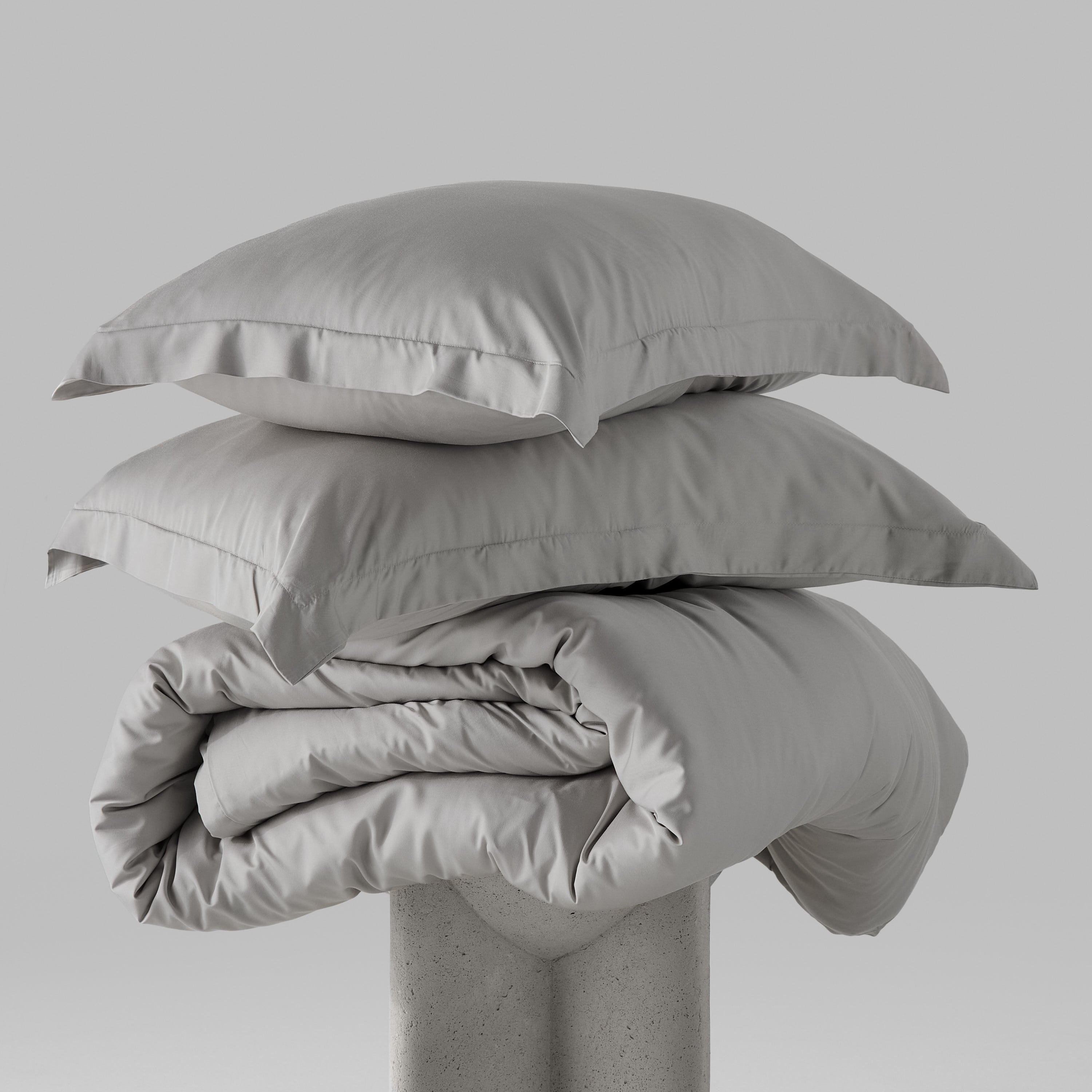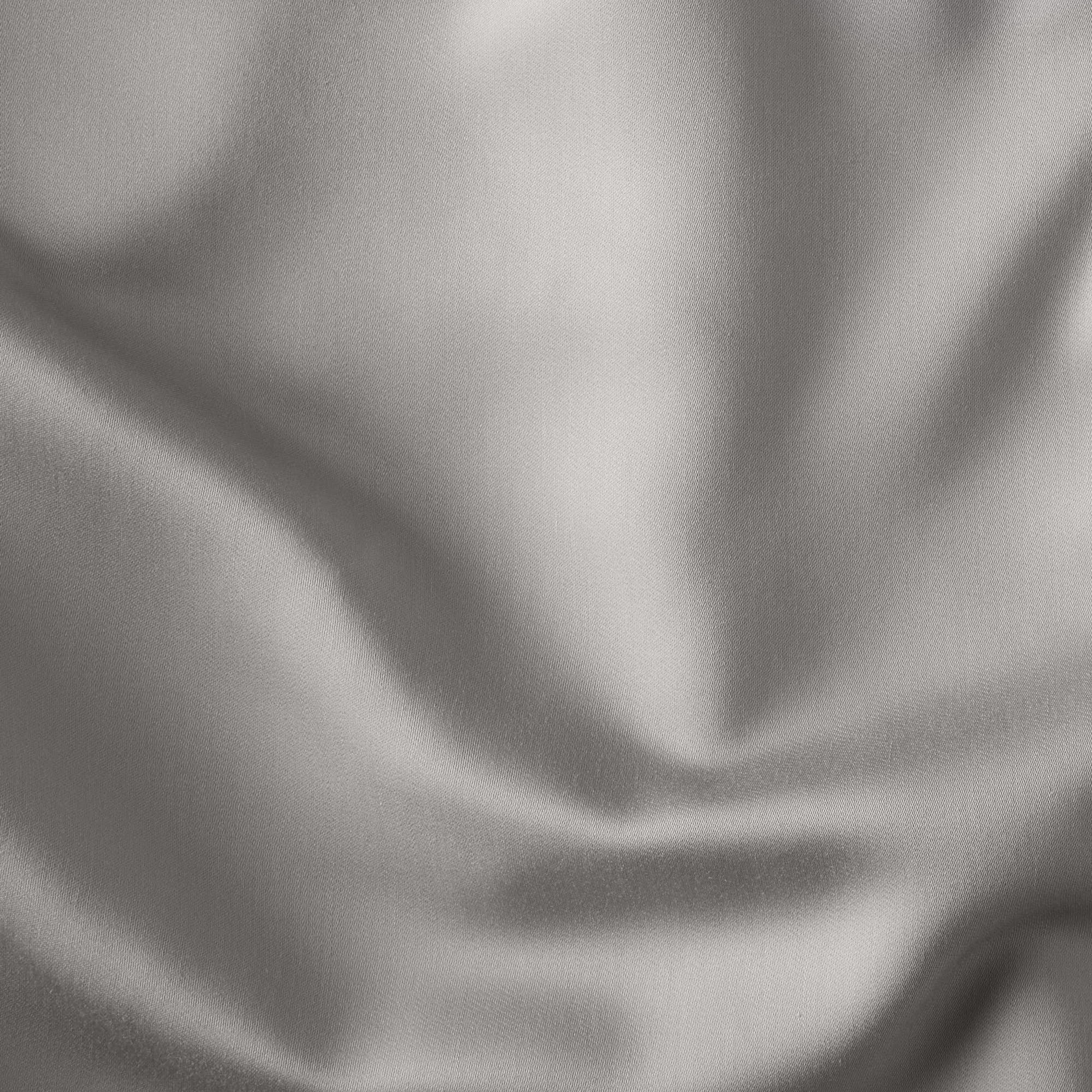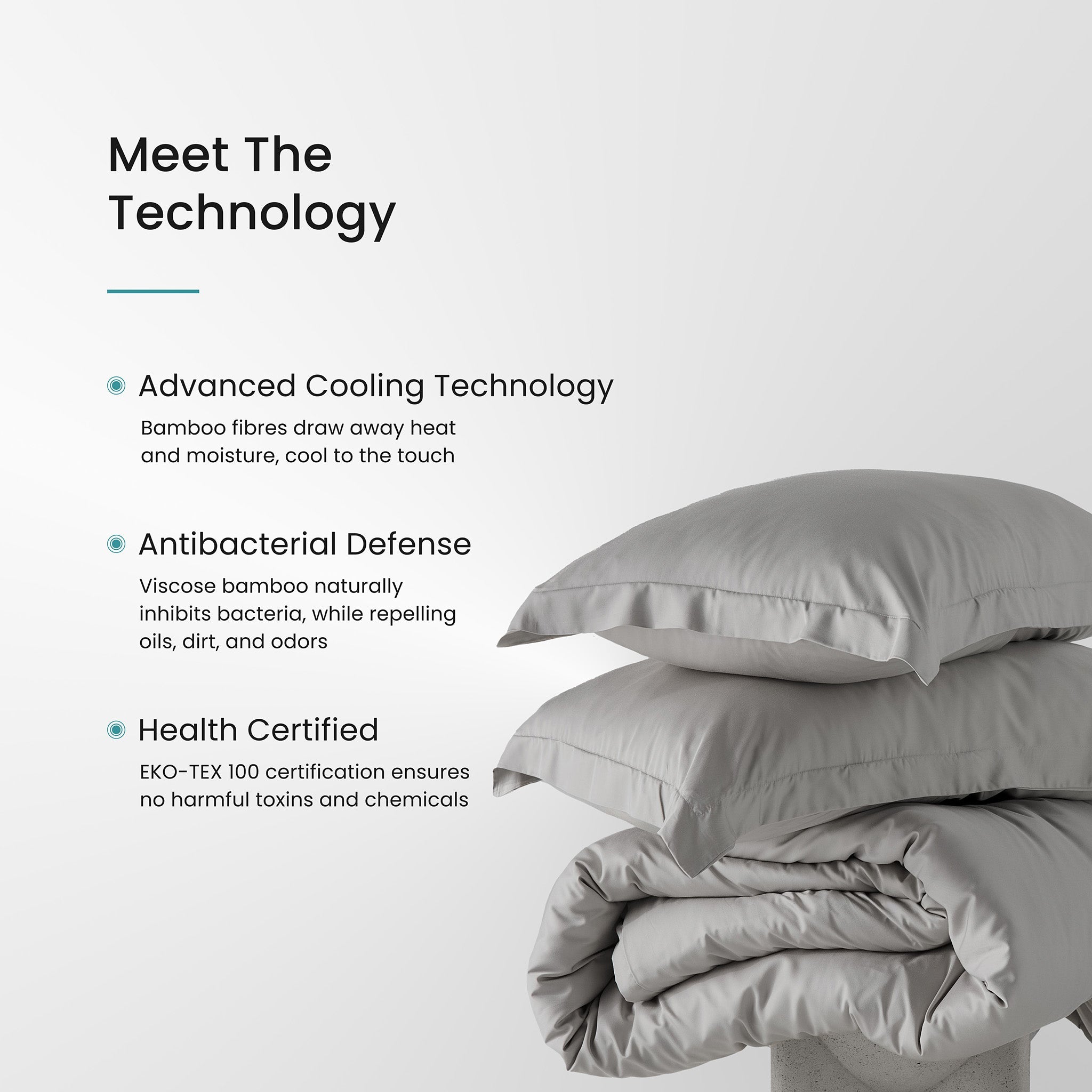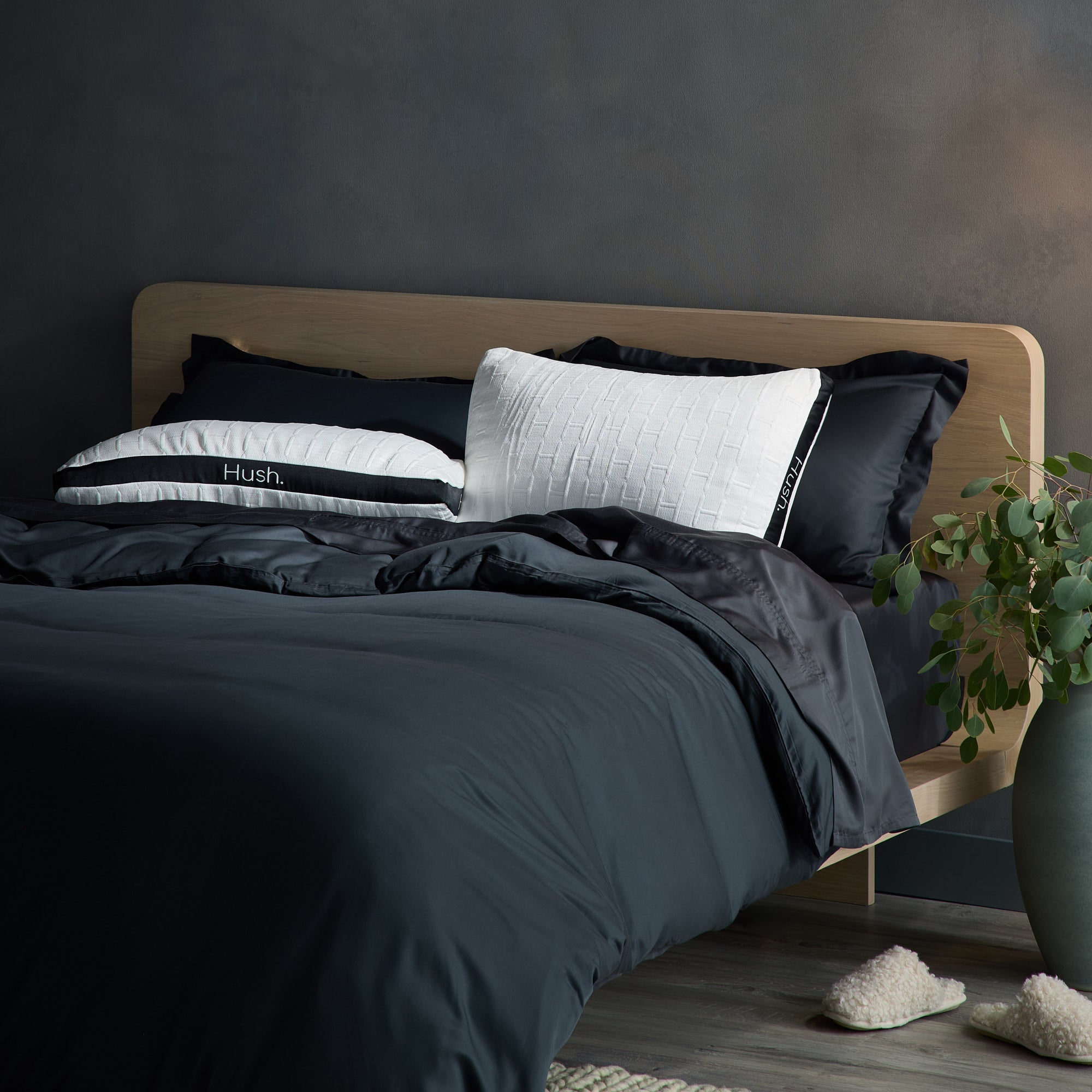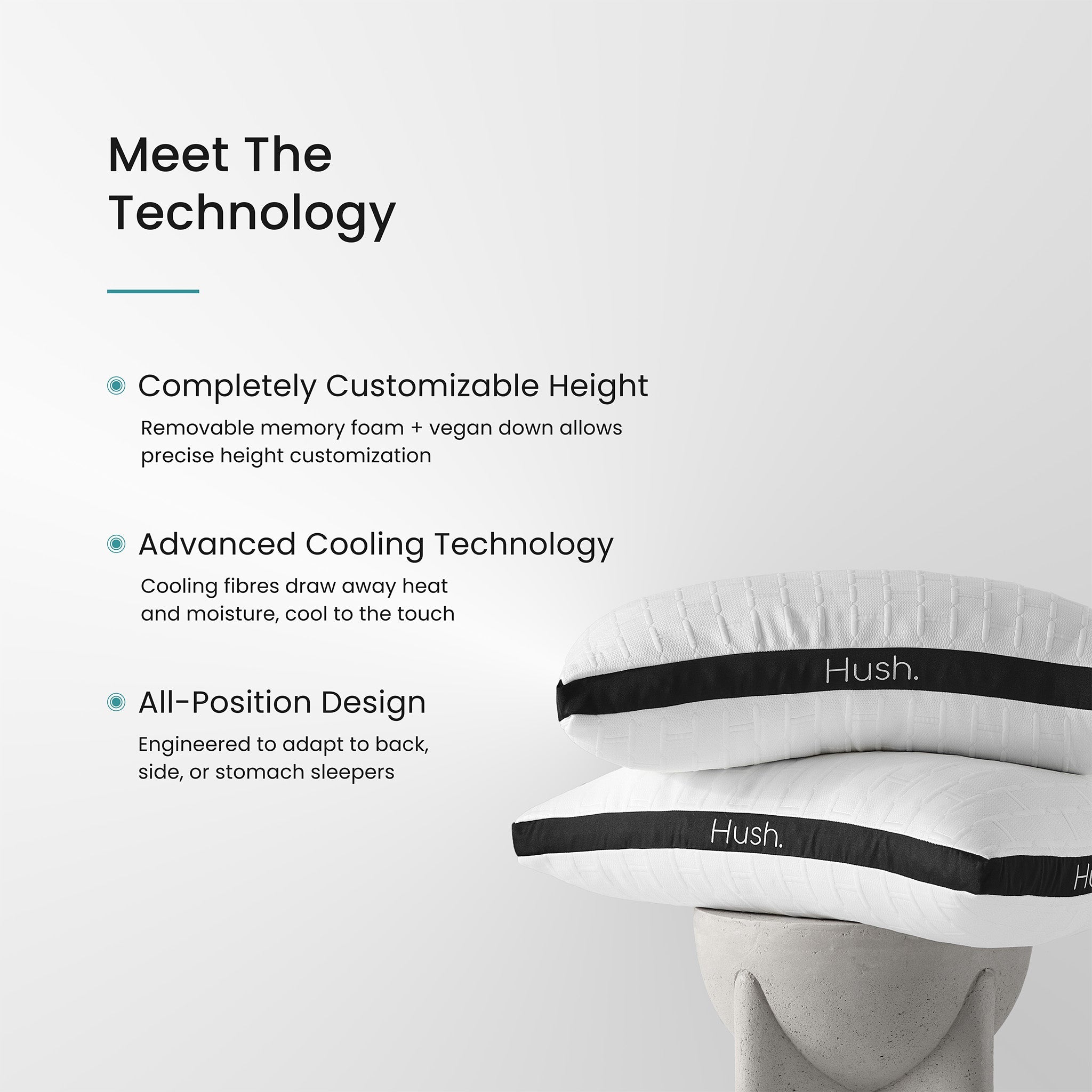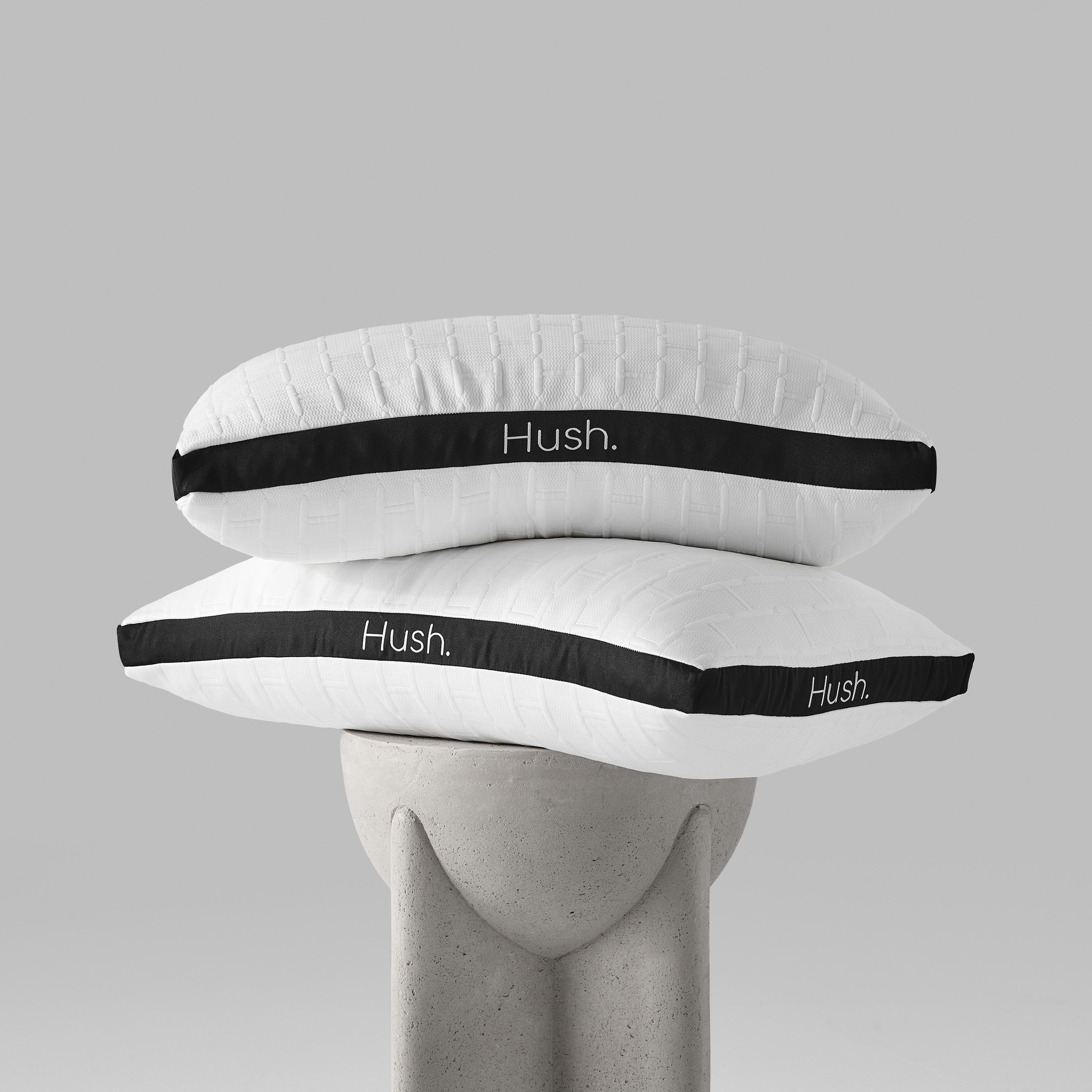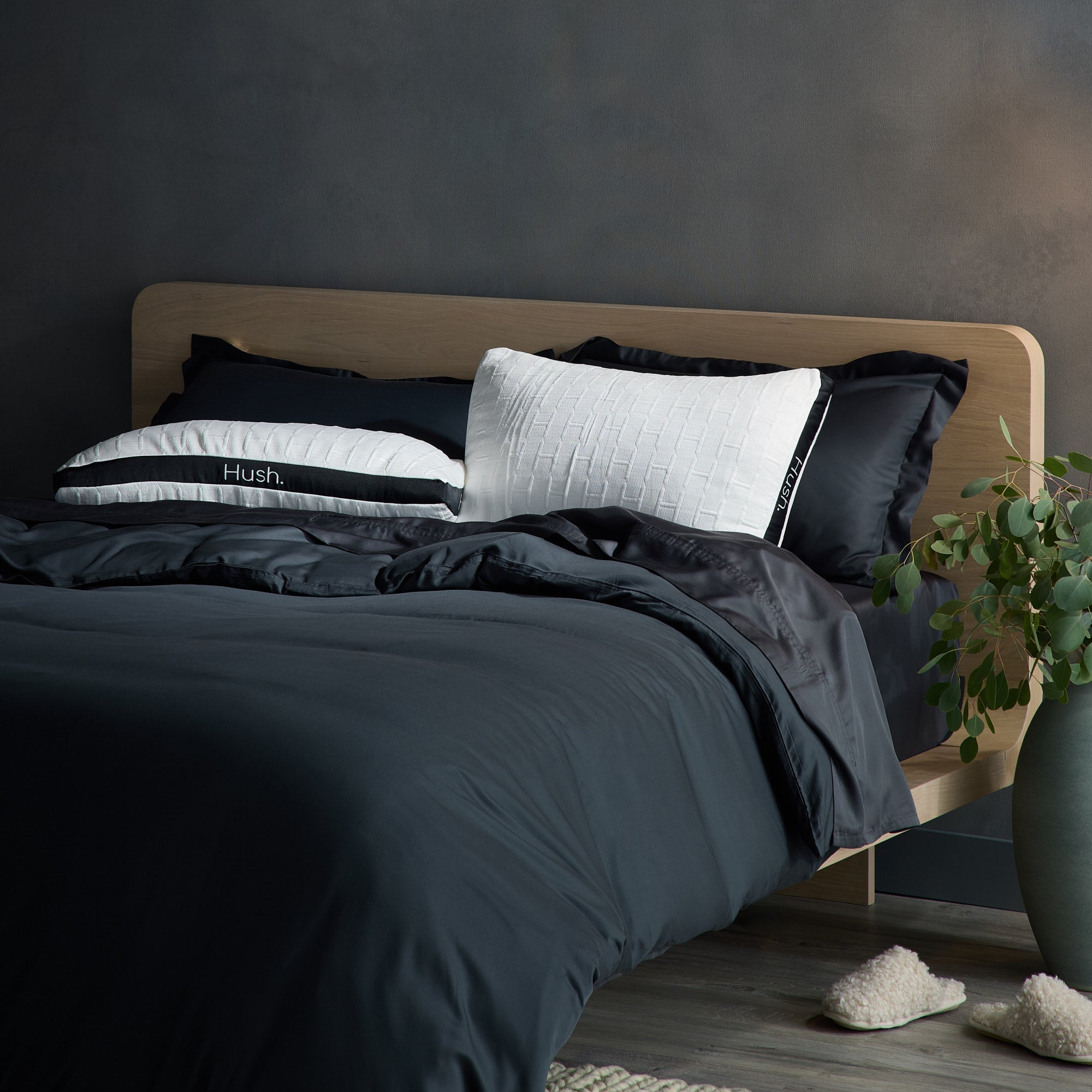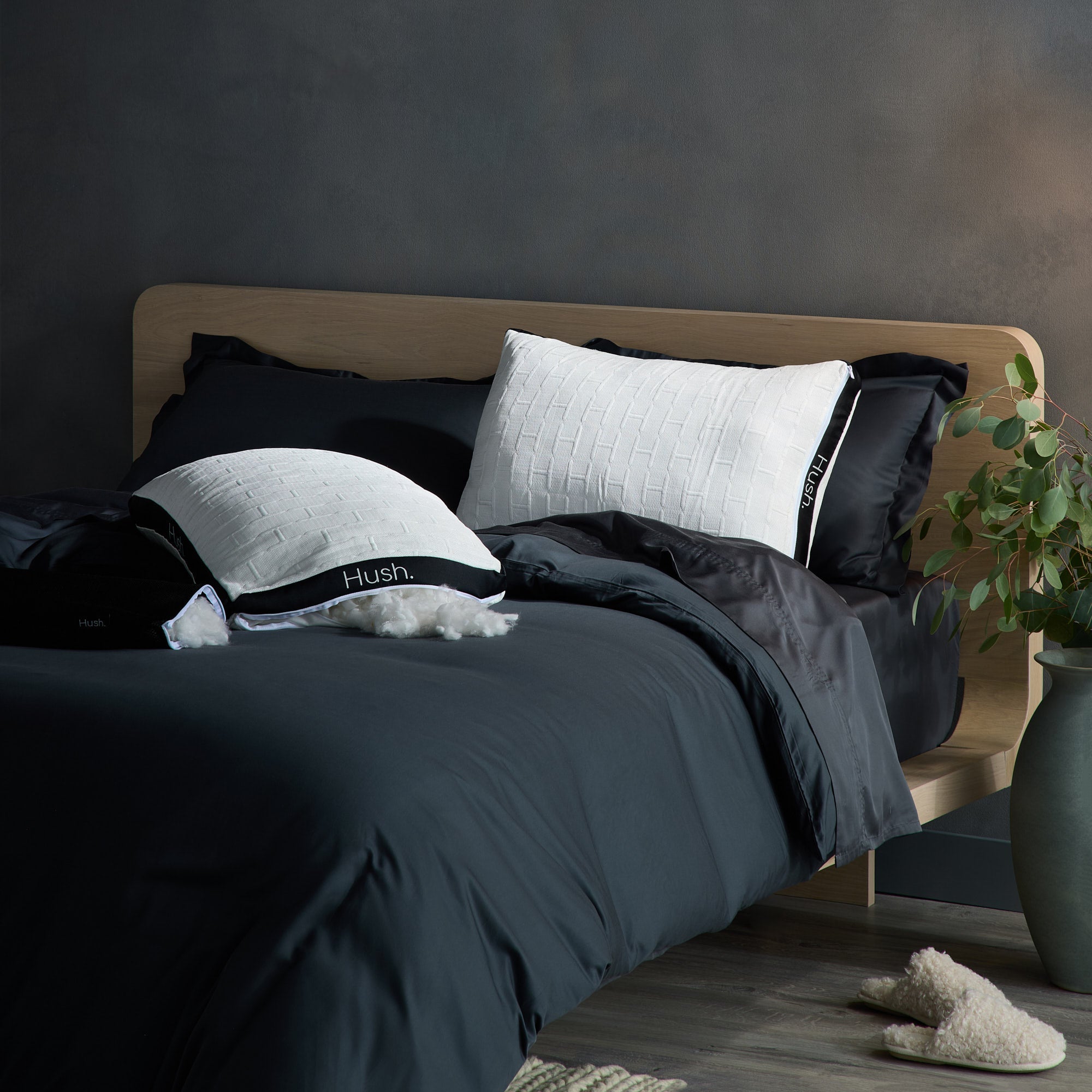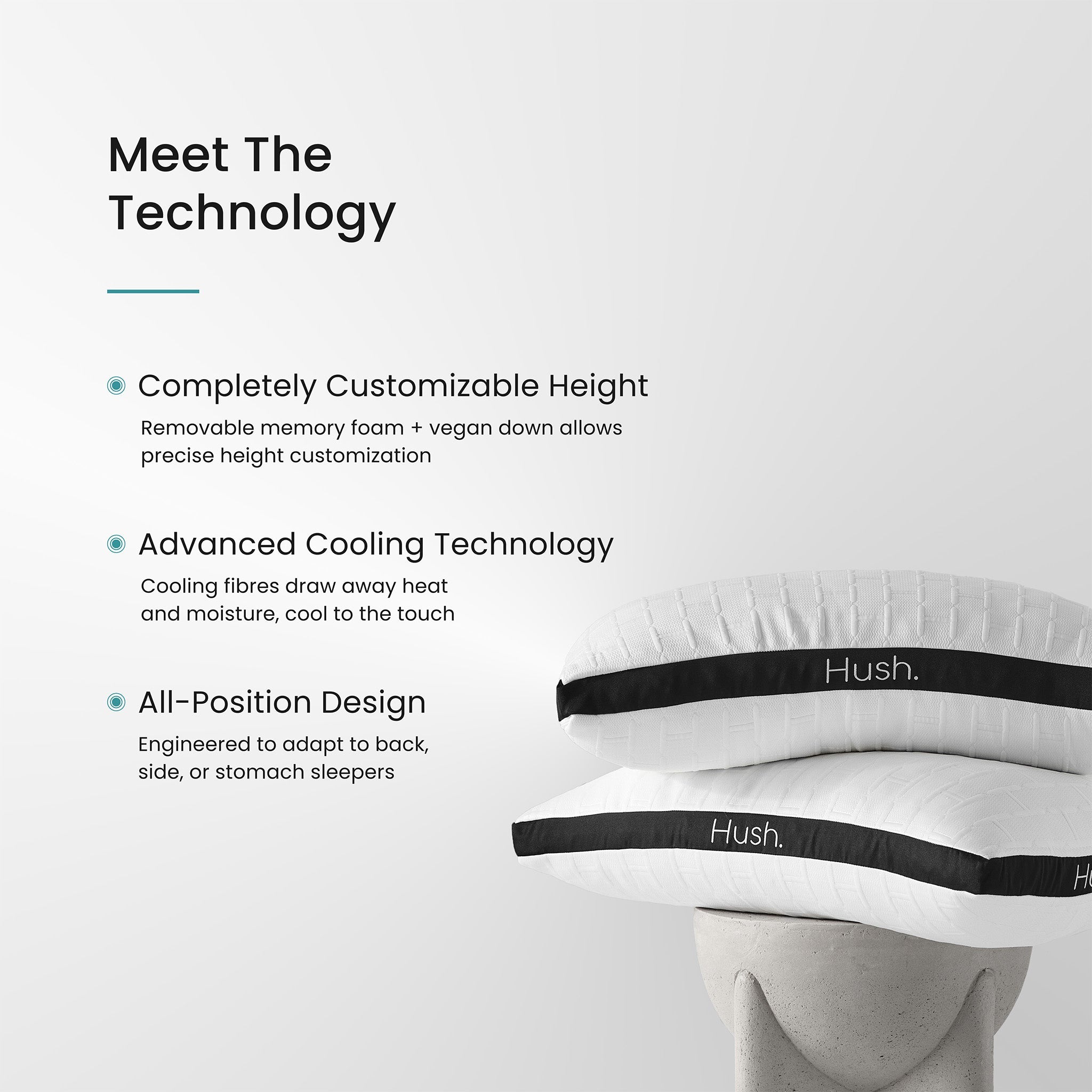When it comes to choosing a down comforter, one term you'll frequently encounter is 'fill power' - but what actually is this, and how does it influence the effectiveness and warmth of your bedding? In the following guide, we’re going to try to simplify what fill power means, explain the different levels of fill power, and go over how each affects your bedding choices. Let’s take a look.
What is Down Fill in a Duvet?
In the context of a duvet cover or comforter, down fill is a type of fluffy bird plumage used to fill duvets so that they retain warmth while remaining soft, breathable, and comfortable to sleep with. More precisely, down filling tends to be sourced from the belly or underside of certain waterfowl - such as geese - and is known for its remarkable softness, while still managing to be lightweight.
First used by Europeans in medieval times to help them get through difficult (central heating-free) winters, down fill is now one of the most popular duvet fillings on the market, and a great alternative to feather filling.
What is Down Fill Power and Why Is It Important?
Now, what exactly is fill power? In simple terms, fill power is a way of measuring volume, and refers to the number of cubic inches taken up by one ounce of down fill. To give you an example, 1 oz of 500 fill power down will take up 500 square inches, and in the same vein, 700 fill power equates to 700 square inches. But why is down fill power so important when it comes to bedding?
The simple answer is this: it’s all about insulation and warmth. A higher fill power (around 700-800) usually means that the duvet or comforter is more able to trap body heat and can retain more warmth than a comforter with lower fill power. In short, if a duvet is able to trap larger amounts of air while taking up fewer square inches, it’s considered a more “powerful” down fill, and best suited to those sleeping in cold climates. Sounds complicated? It is slightly, but to simplify things, fill power is really just a question of how warm a duvet is, and how well it’s able to retain warmth during the night.
Different Levels of Fill Power
In general, there are three categories of fill power in duvets and comforters:
- 400-600 Fill Power: This is considered low fill power, and best suited for those living in cooler climates.
- 700-800 Fill Power: Great for moderately cold temperatures, 700-800 fill power is the happy medium when it comes to down fill power, and great for colder climates.
- 800 + Fill Power: For those who like a bit more warmth during those long Canadian winters, a comforter with a 800+ fill power is likely to keep you warm all the way through the colder months.
Factors to Consider When Buying a Down Duvet

If you’re considering buying a comforter with down filling, here are a couple of factors to take into consideration:
Allergies
If you suffer from allergies - most notably allergies to animal fur or feathers - you might find that a down filling comforter or duvet could trigger an allergy flare-up, leading to skin rashes, sneezing, and any other of your typical allergy symptoms. For those looking for hypoallergenic options, we’d recommend bamboo sheets or our ethically-sourced cotton queen duvet covers, which are designed with allergy-sufferers in mind.
Vegan Considerations
If you’re a vegan and you abstain from leather, snake skin and real fur in your decor choices, you likely won’t be comfortable sleeping with a duvet or comforter made from waterfowl plumage. While many companies do take care to source this type of down ethically, it’s normal for those following a vegan or cruelty-free lifestyle to want to avoid it in their bedroom.
Care and Maintenance
If you do opt for a down comforter, you should make sure you’re in the loop when it comes to washing and maintenance. Generally, washing a goose down duvet is slightly different from how you wash duvet cover bedding, and you’ll need to take care to use gentle methods to ensure the down fill keeps its shape and texture - this is key to its warmth-retaining properties.
Environmental Concerns
Finally, there's the environmental angle to take into consideration when analyzing the benefits of down filling. If we take a look at synthetic fillers in comparison to down, it’s easy to claim that down is the more eco-friendly option; after all, synthetic comforters are often made from petroleum-based materials, which aren't exactly planet-friendly.
Down, on the other hand, is natural and biodegradable - right? Yes, but, it's not that simple: down is plucked directly from live birds, and the carbon footprint left behind includes not just the efforts required in maintaining a commercial farm, but also the forced production of live animals for commercial purposes. All in all, while down is a natural material, the sourcing process isn’t exactly the most sustainable.
The Bottom Line
Overall, getting to grips with the basis of fill power is a great place to start if you’re considering investing in a down duvet for the winter. But if you’re concerned about factors like the sourcing process, animal welfare, or the possibility of your new comforter triggering your allergies, know that down alternatives - like ethically-sourced cotton and natural bamboo - are two planet-friendly, vegan-friendly options for bedding that don’t just feel great for you, but also do good for the planet.
